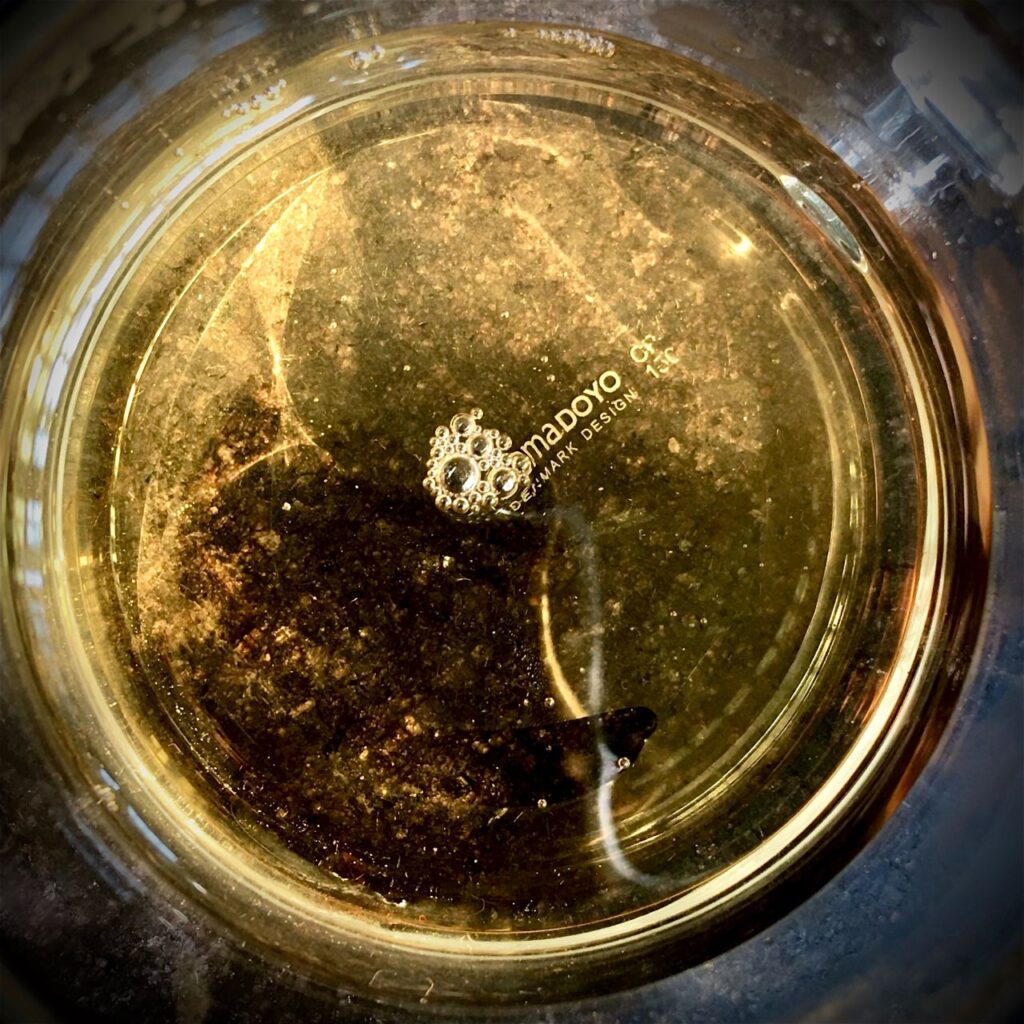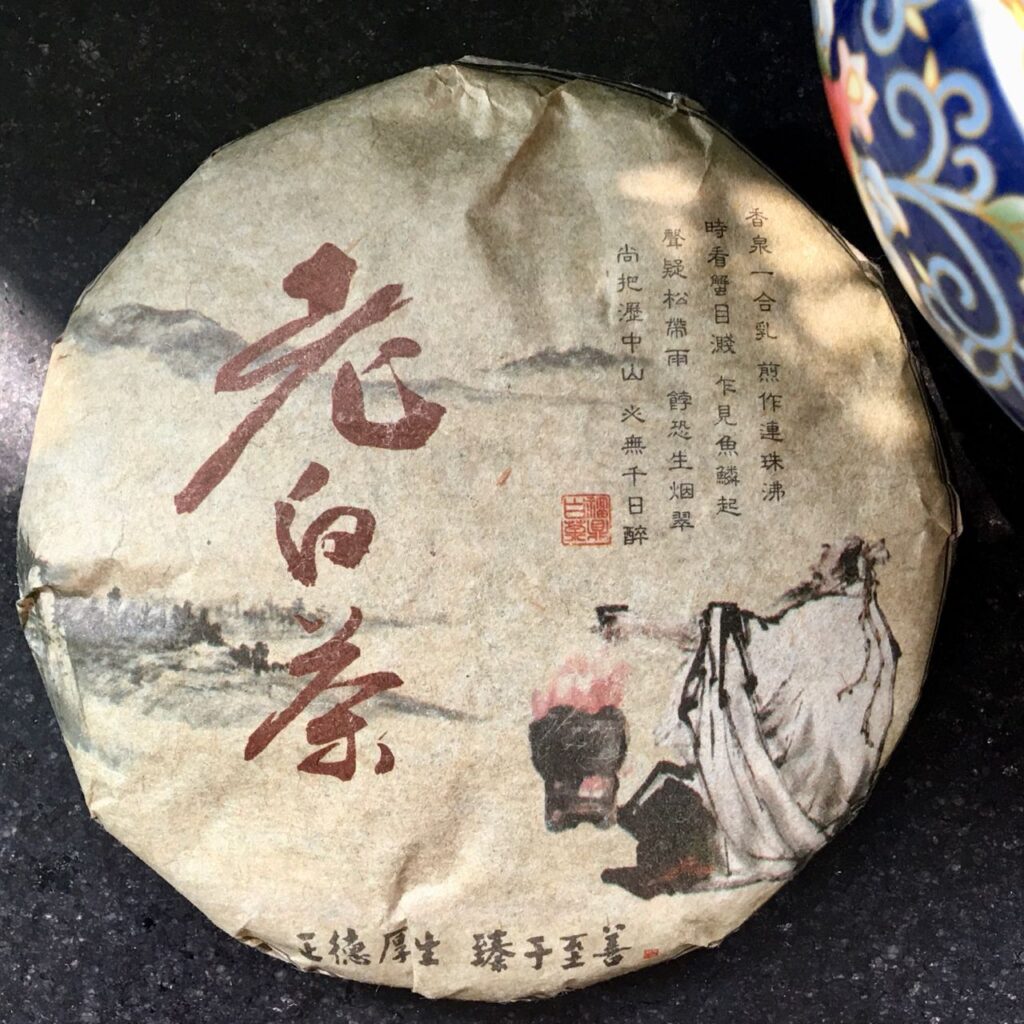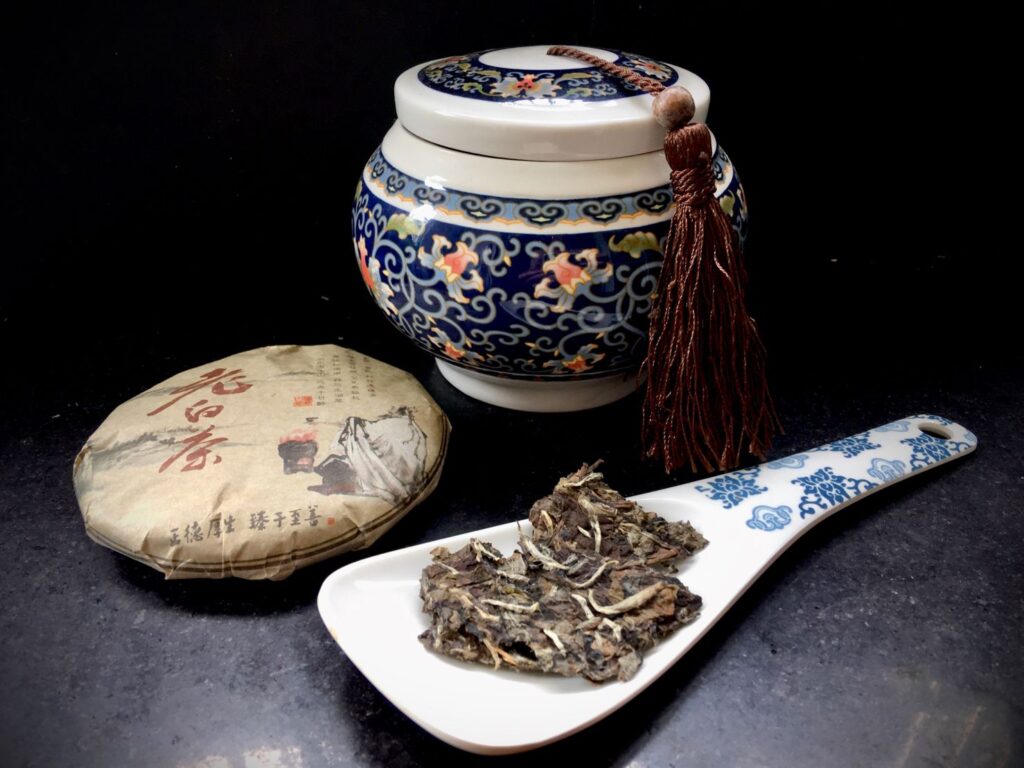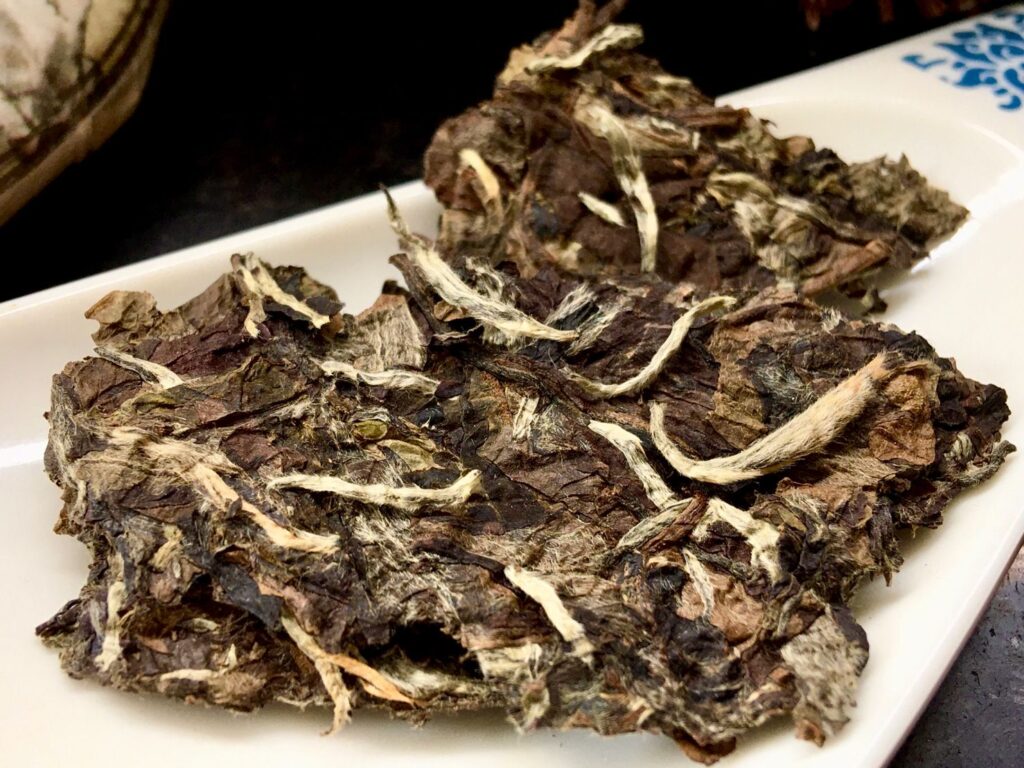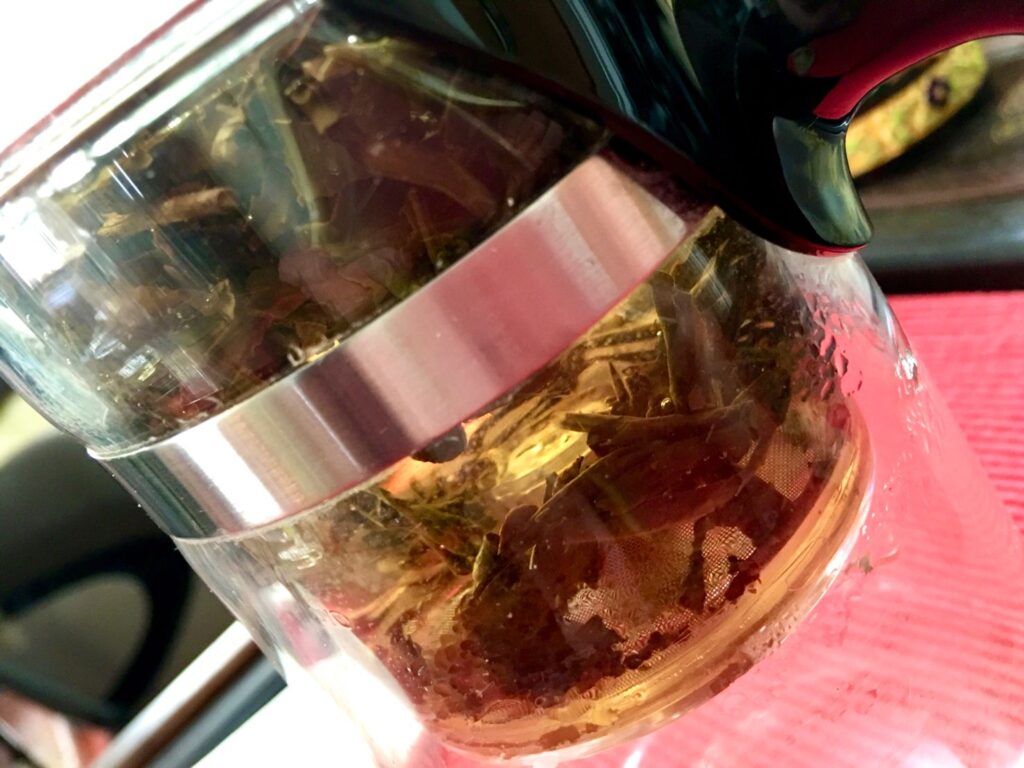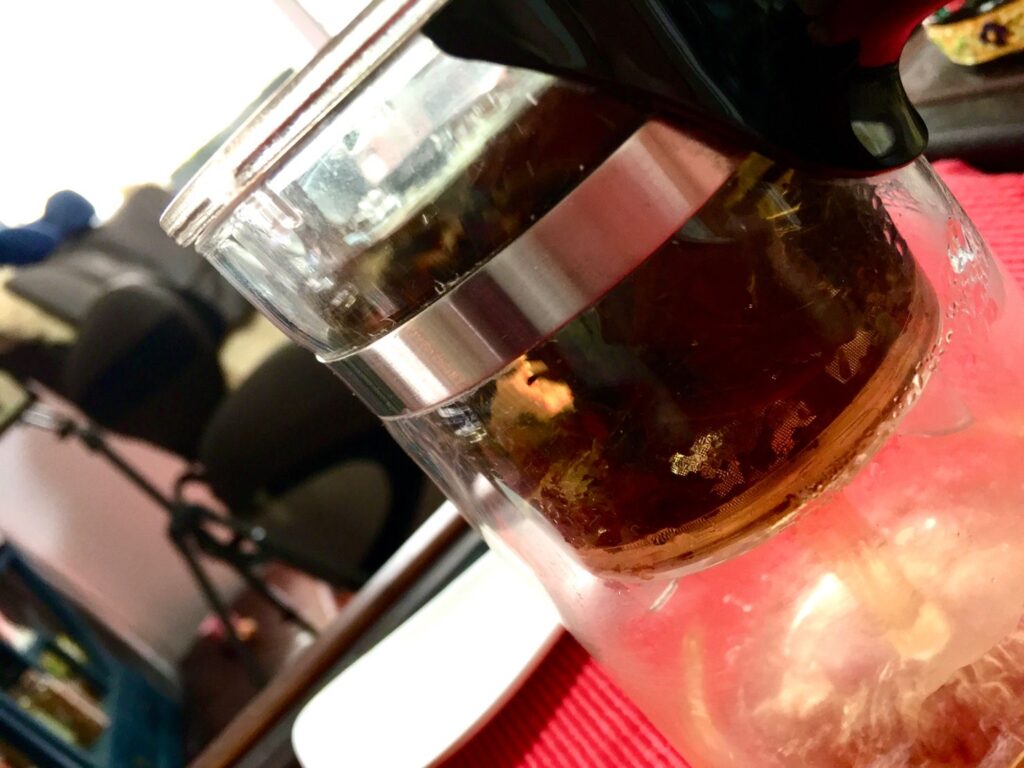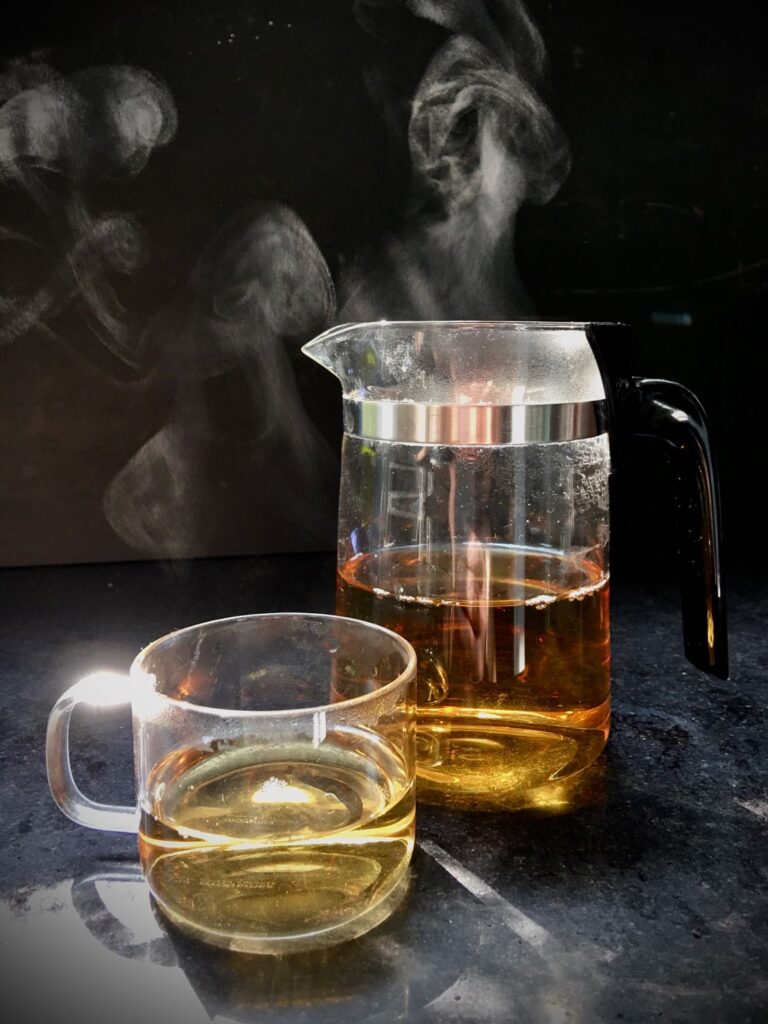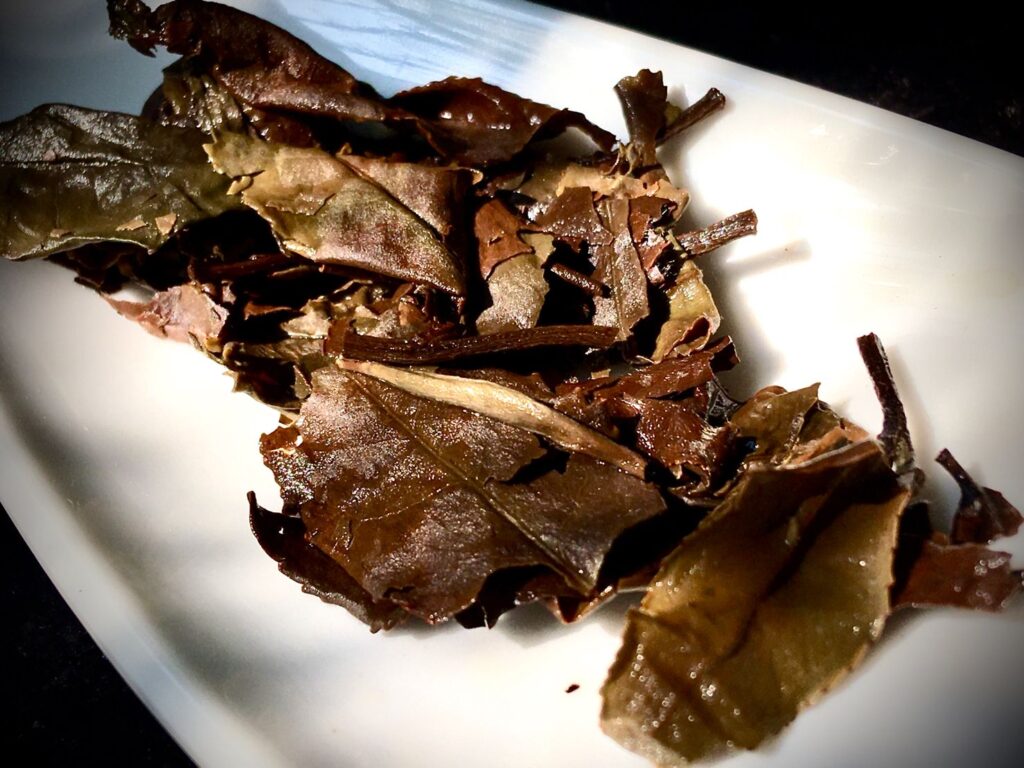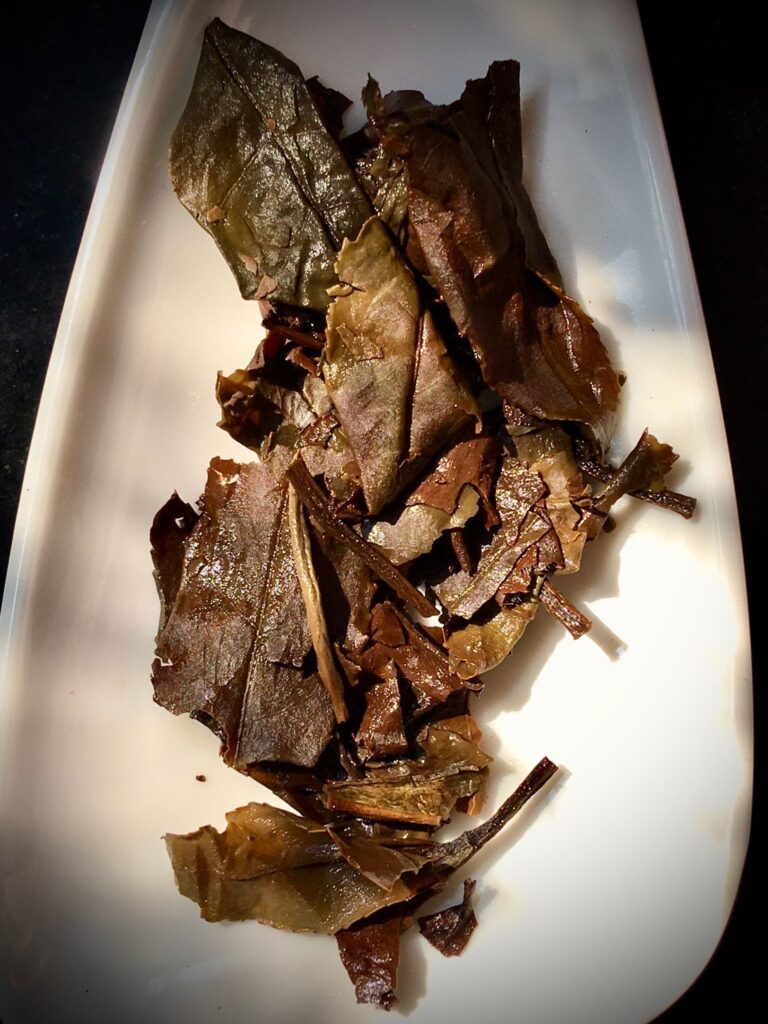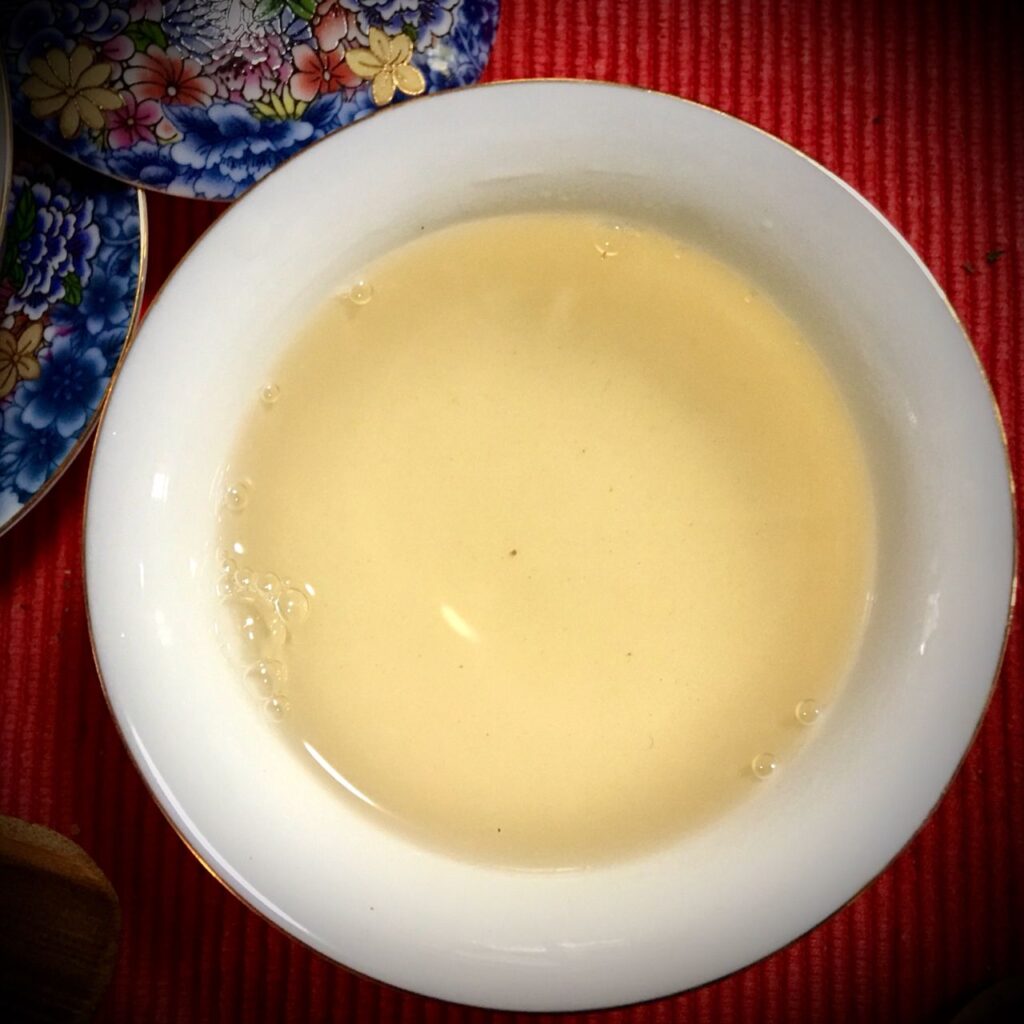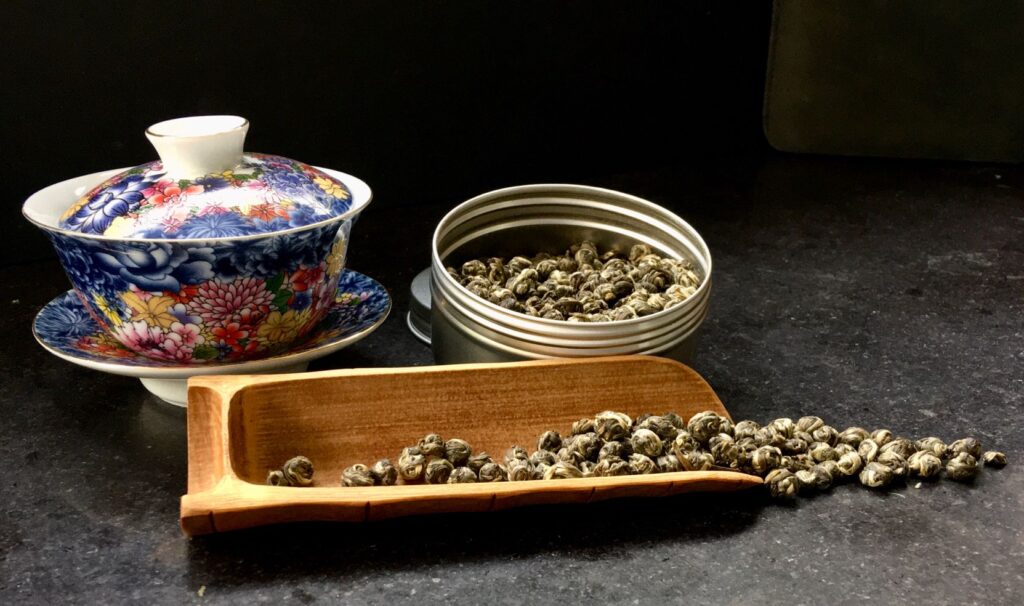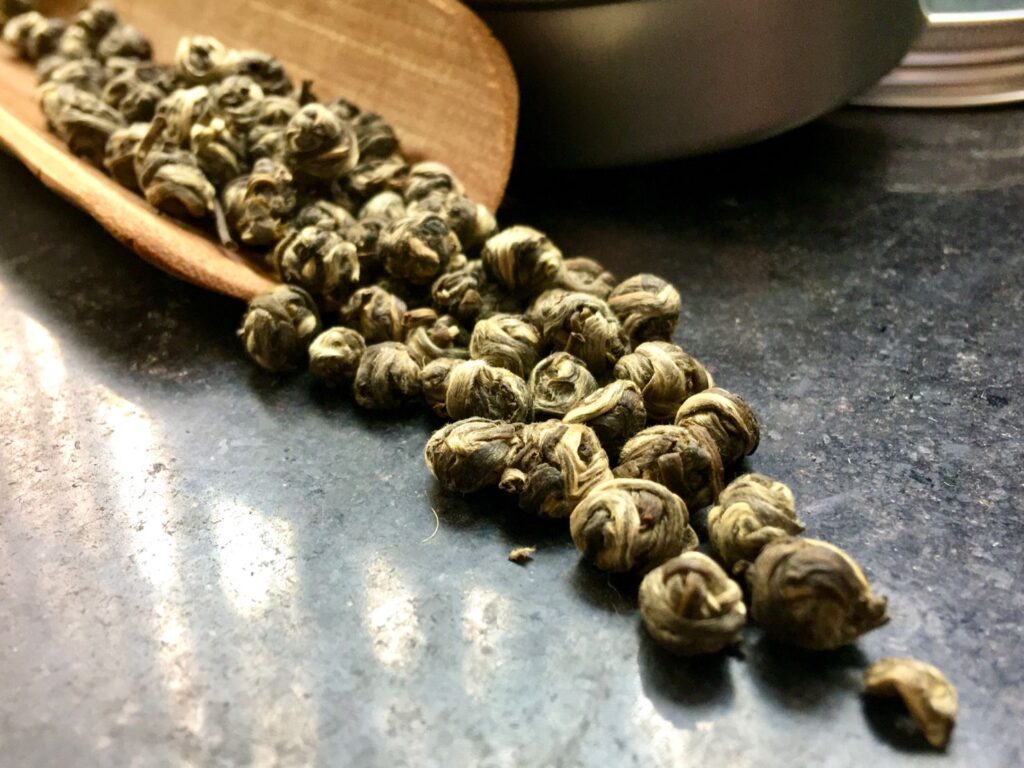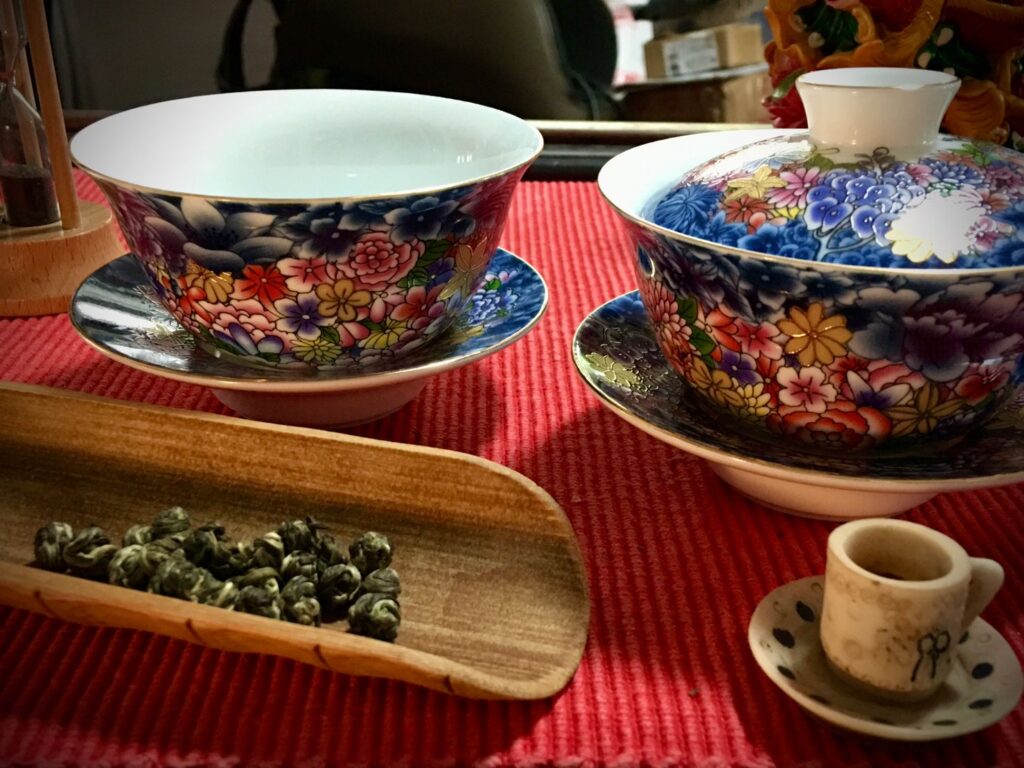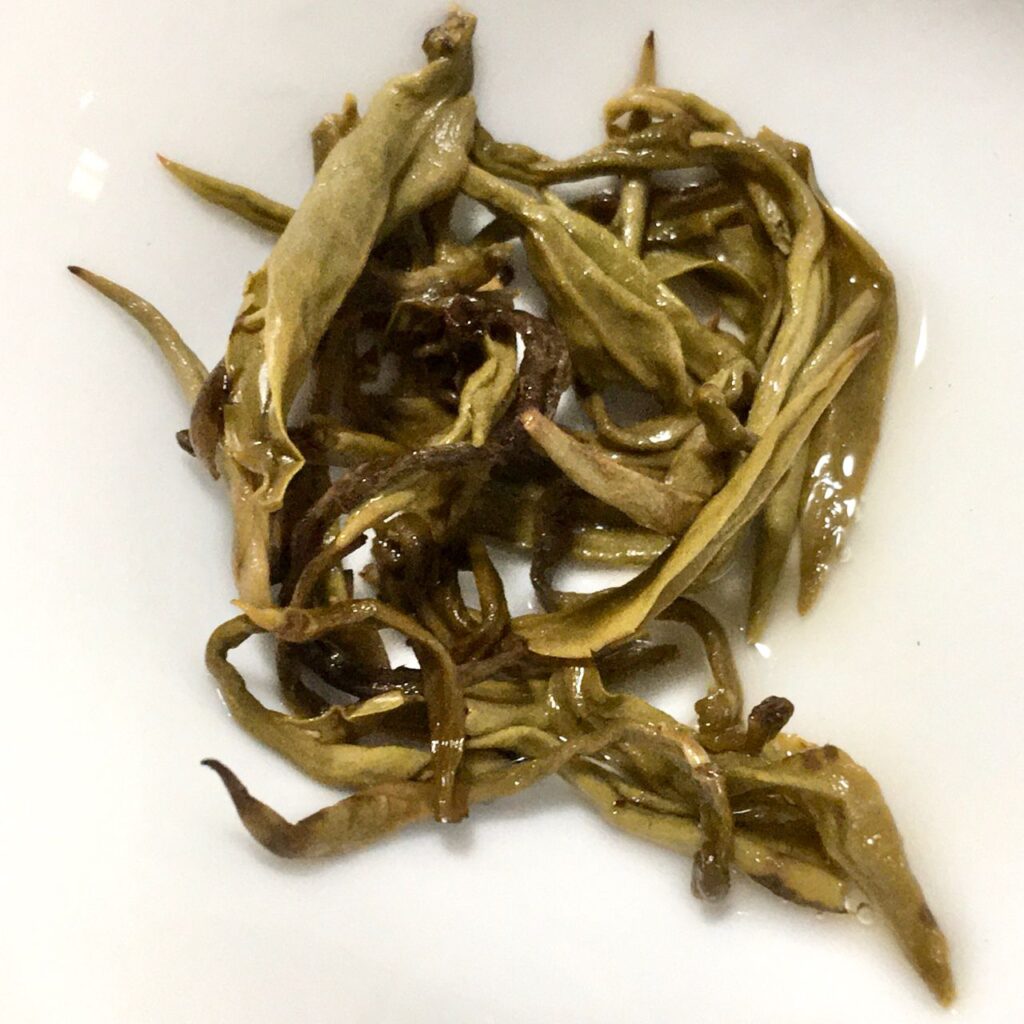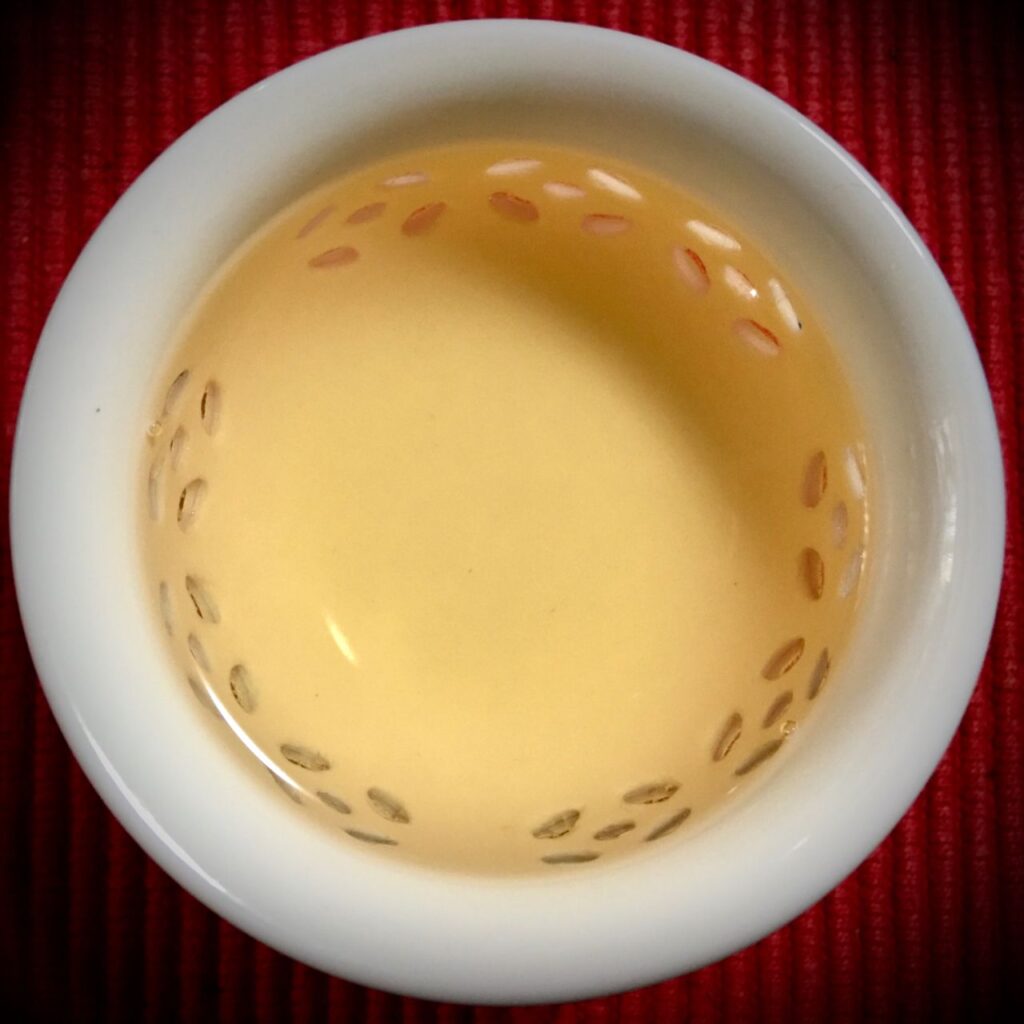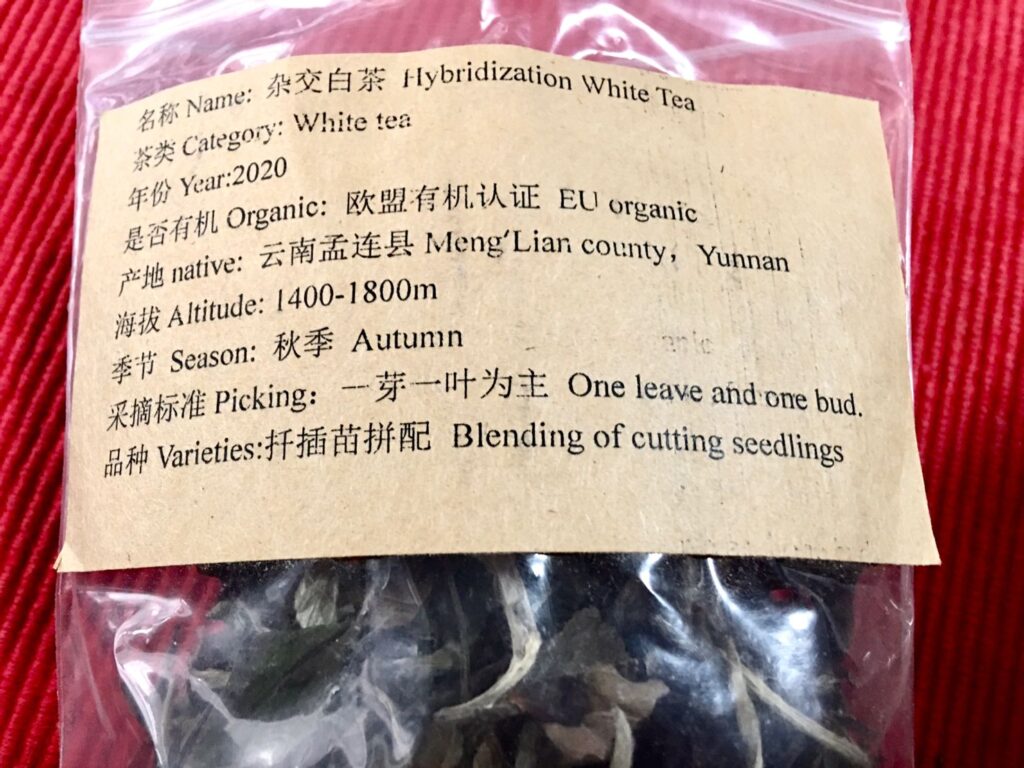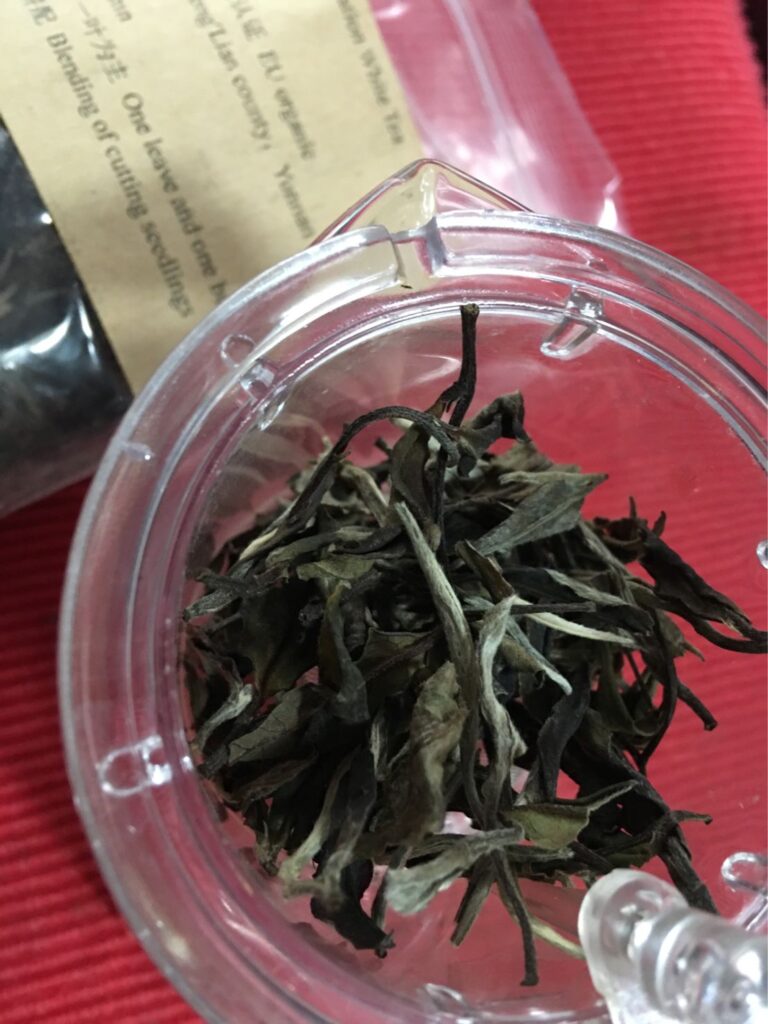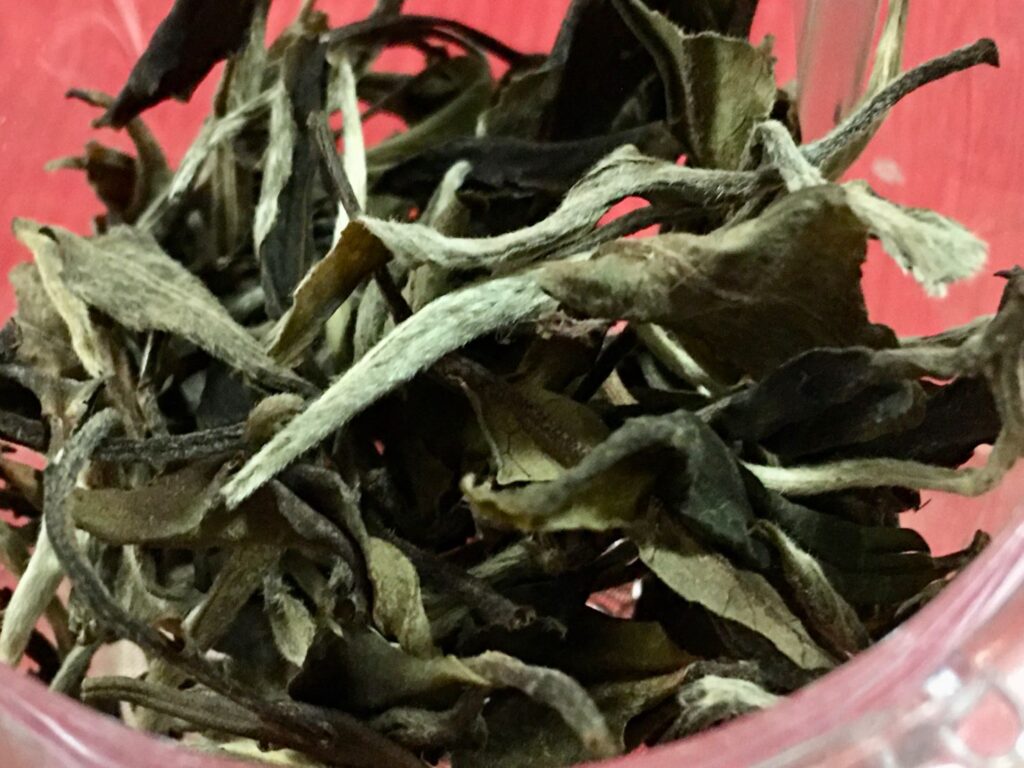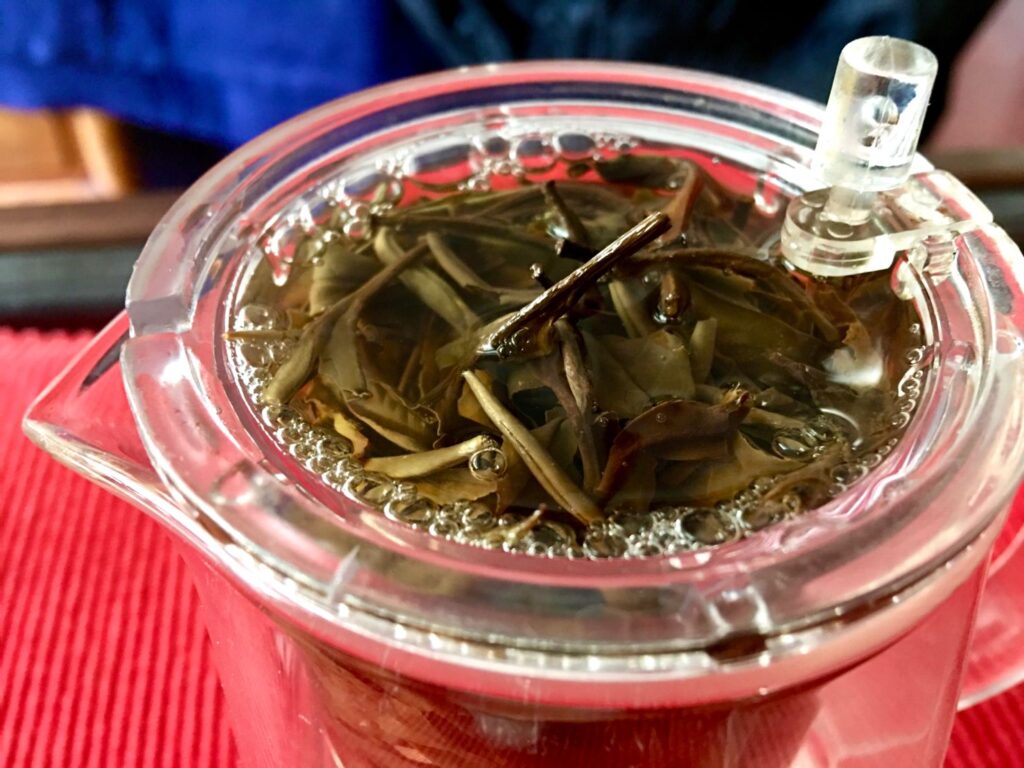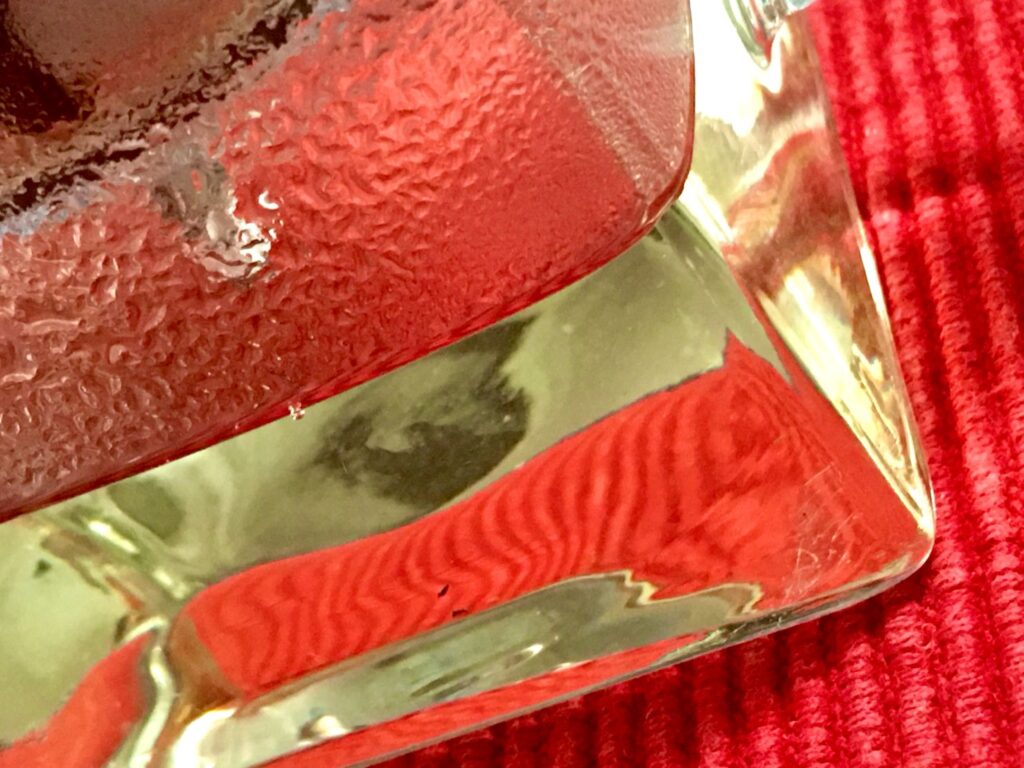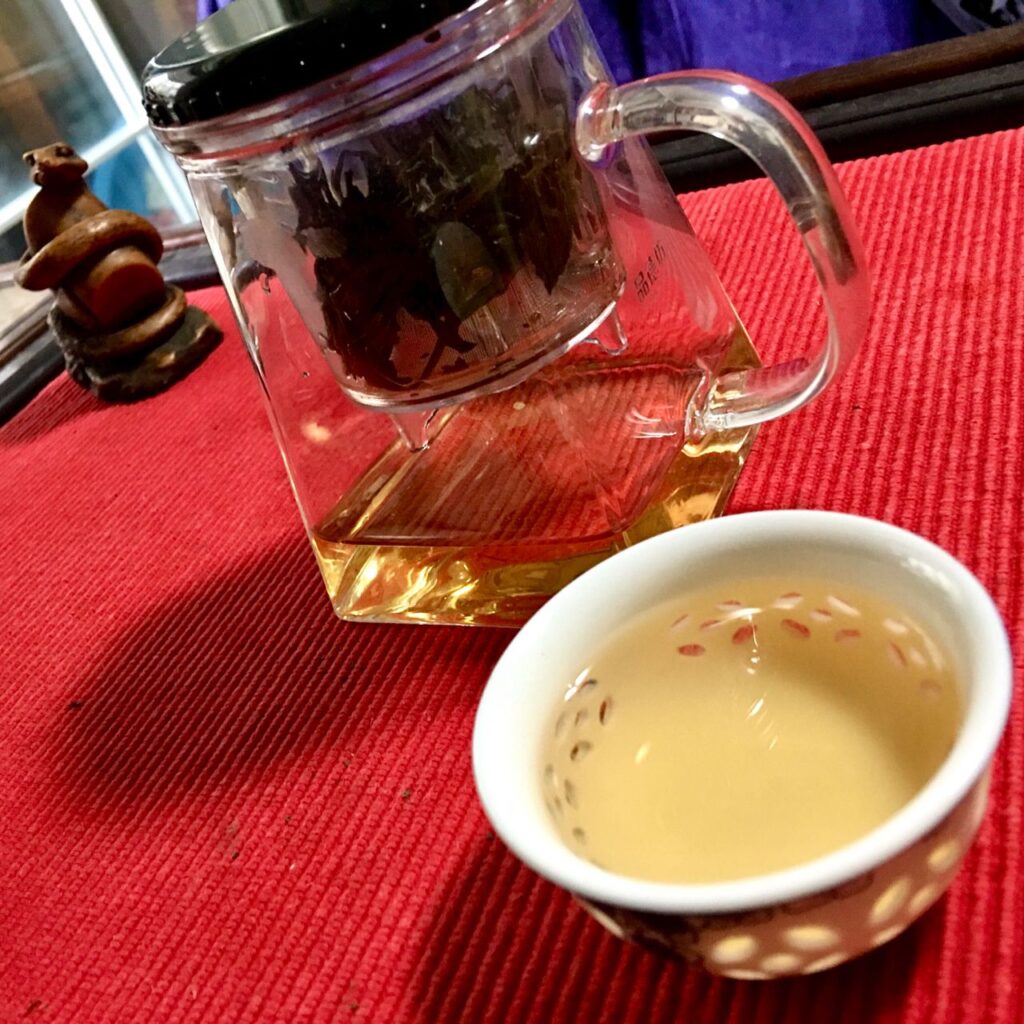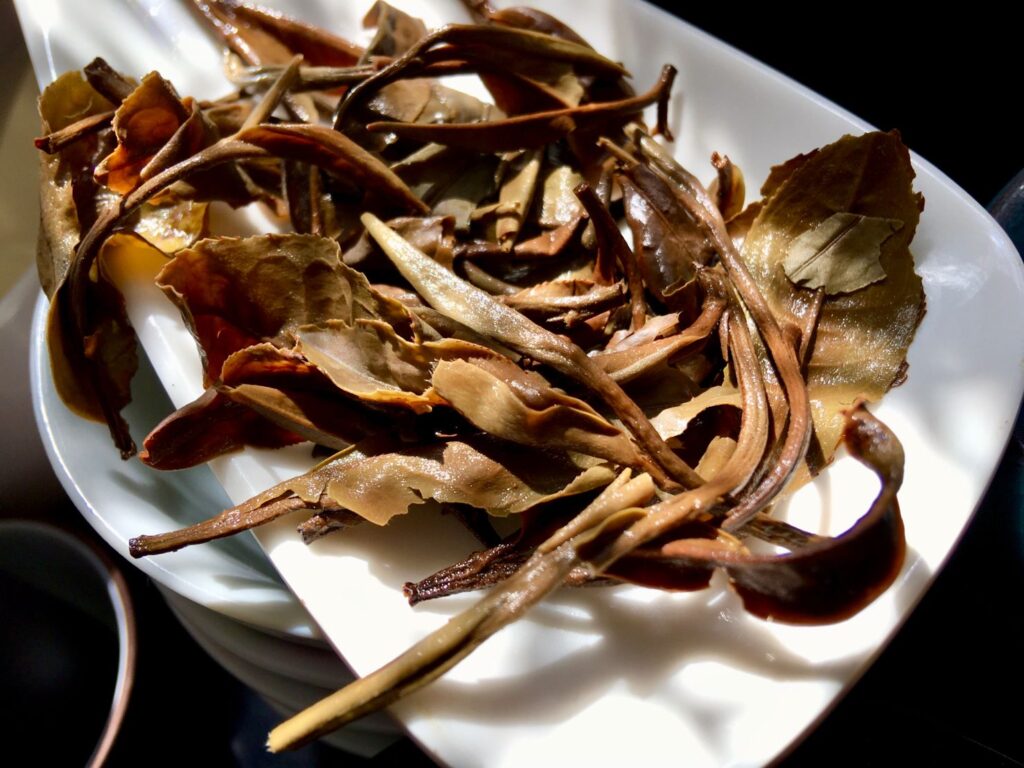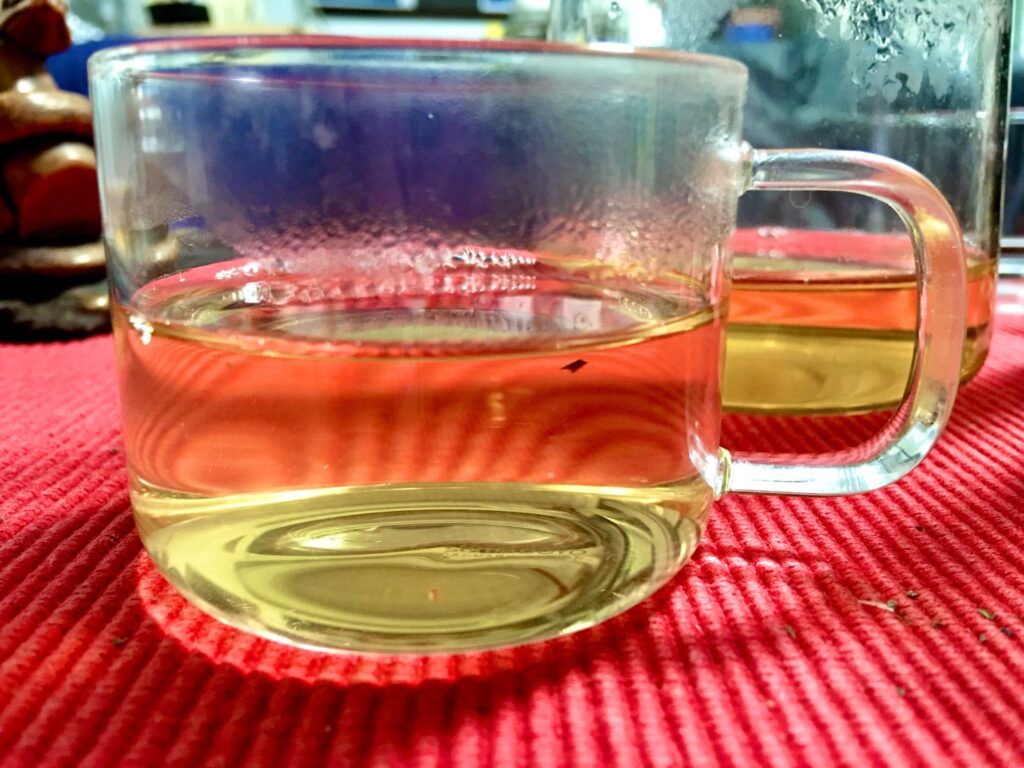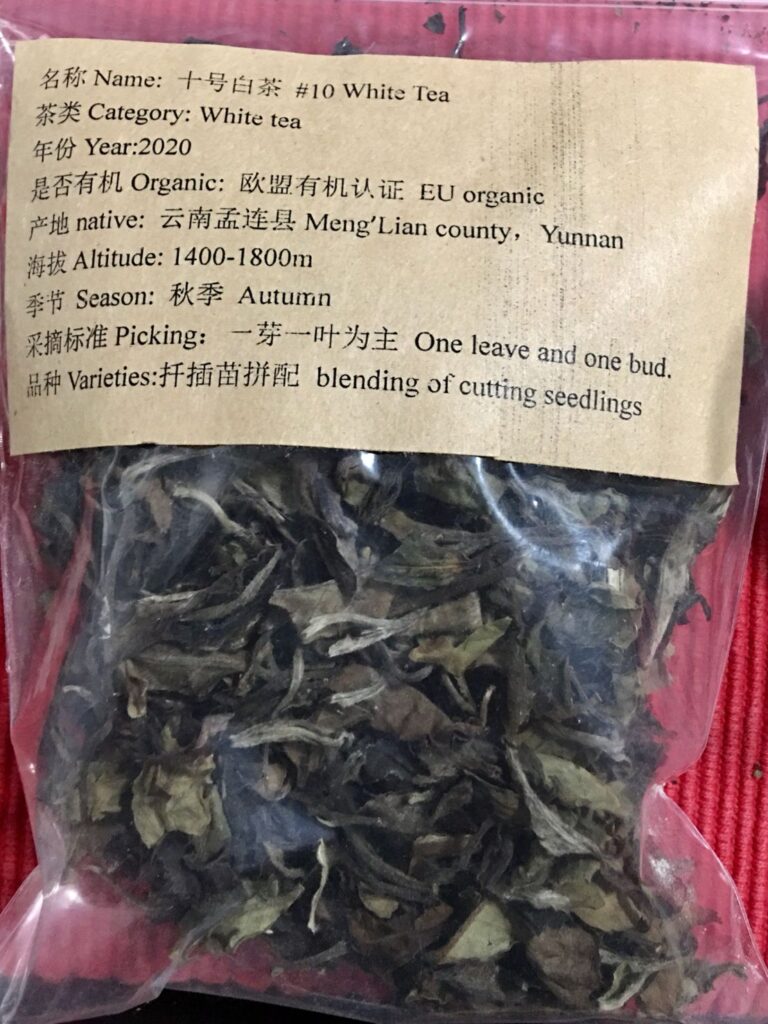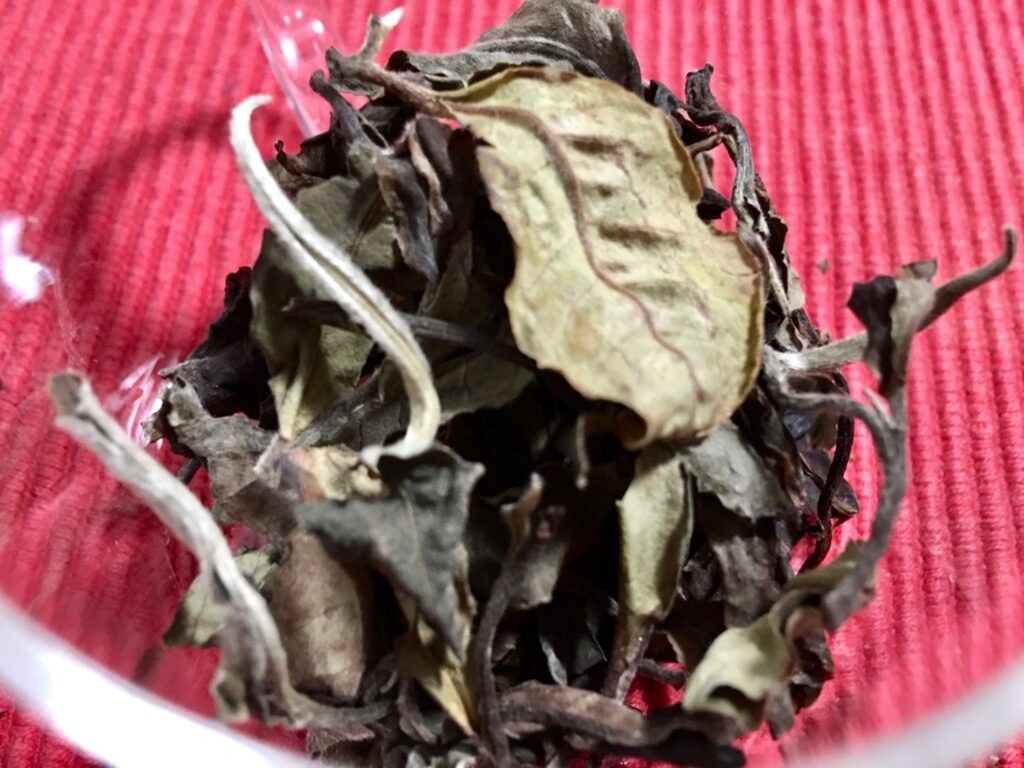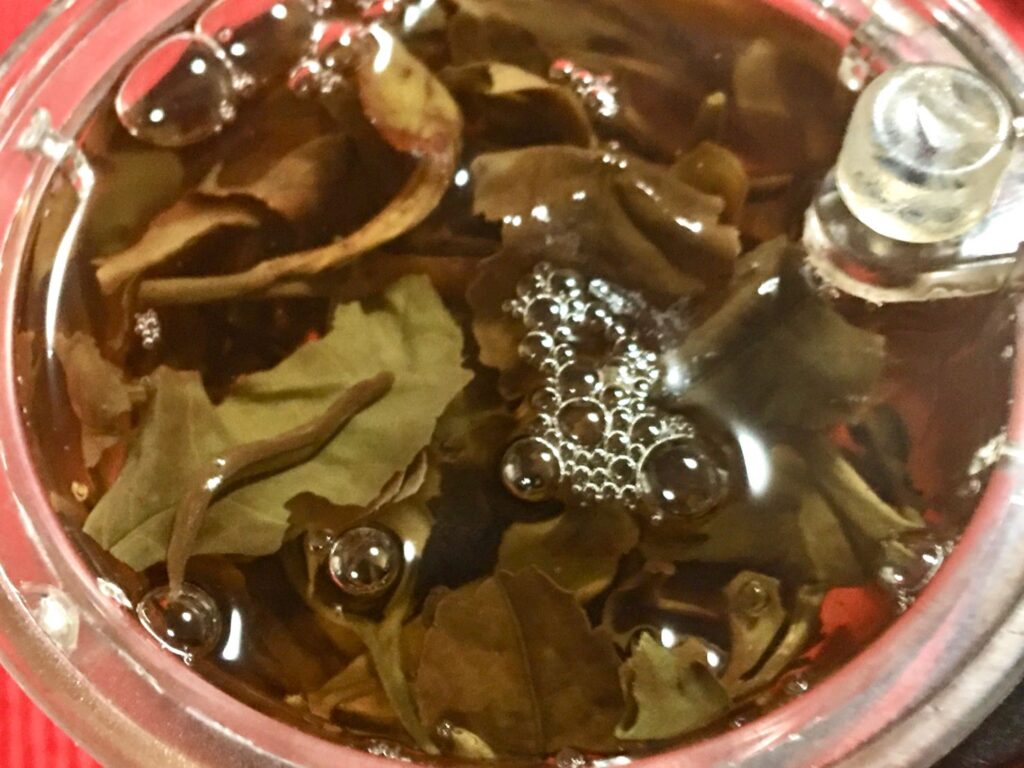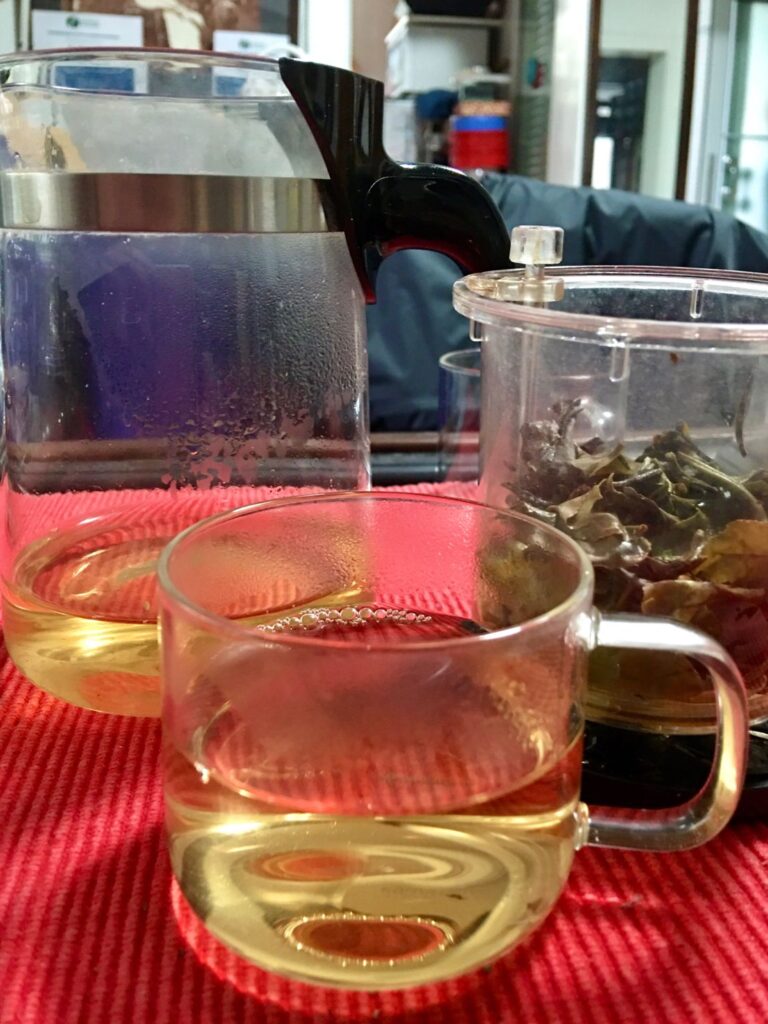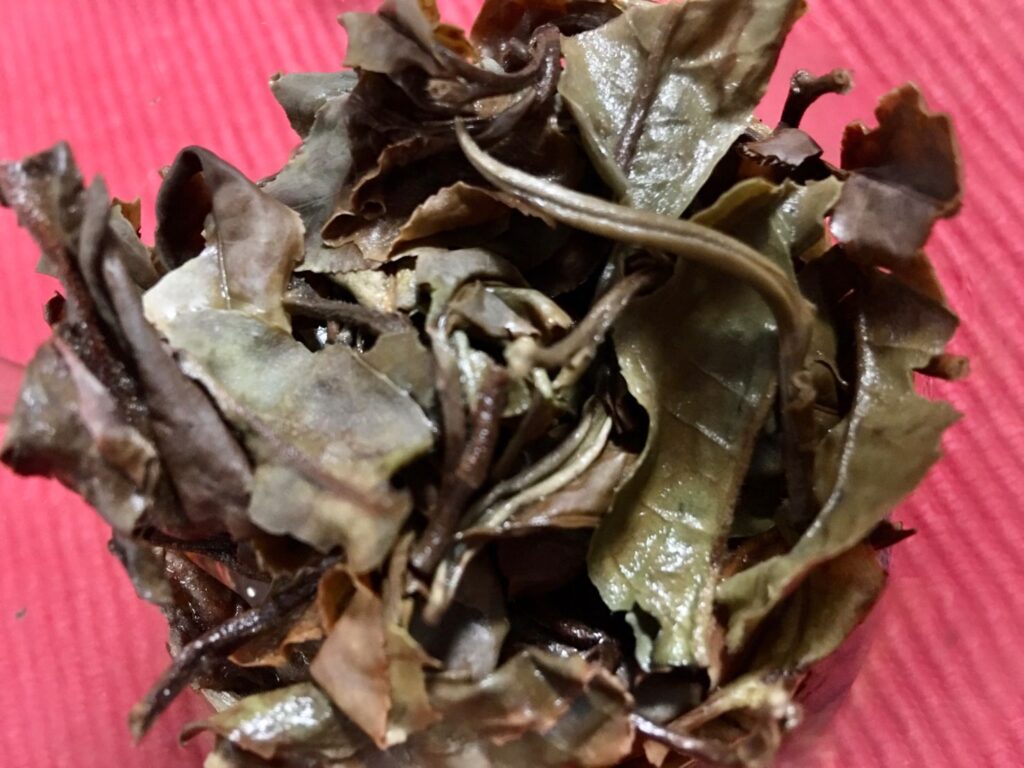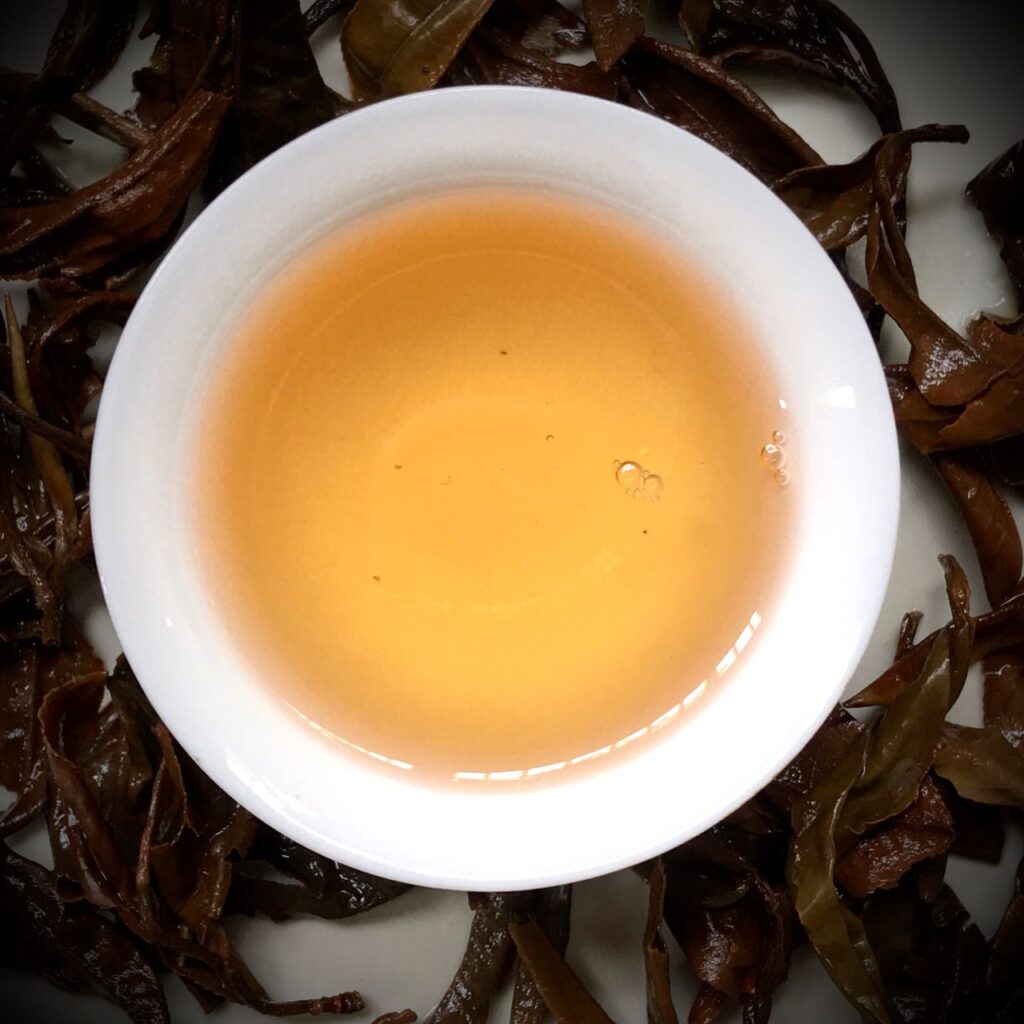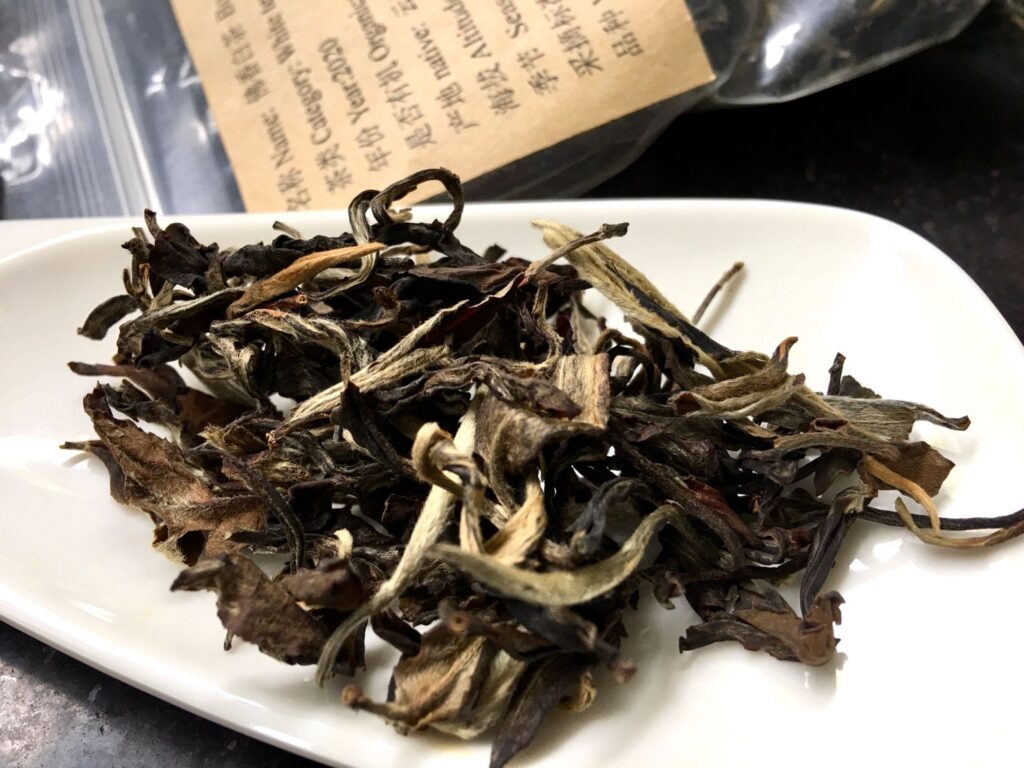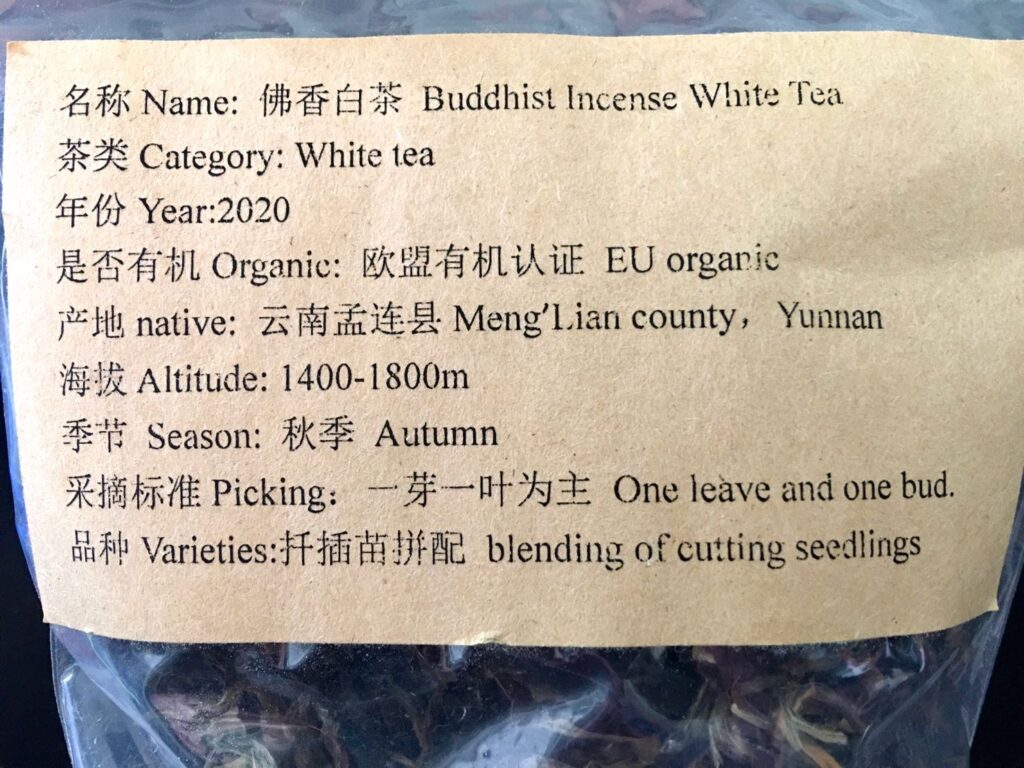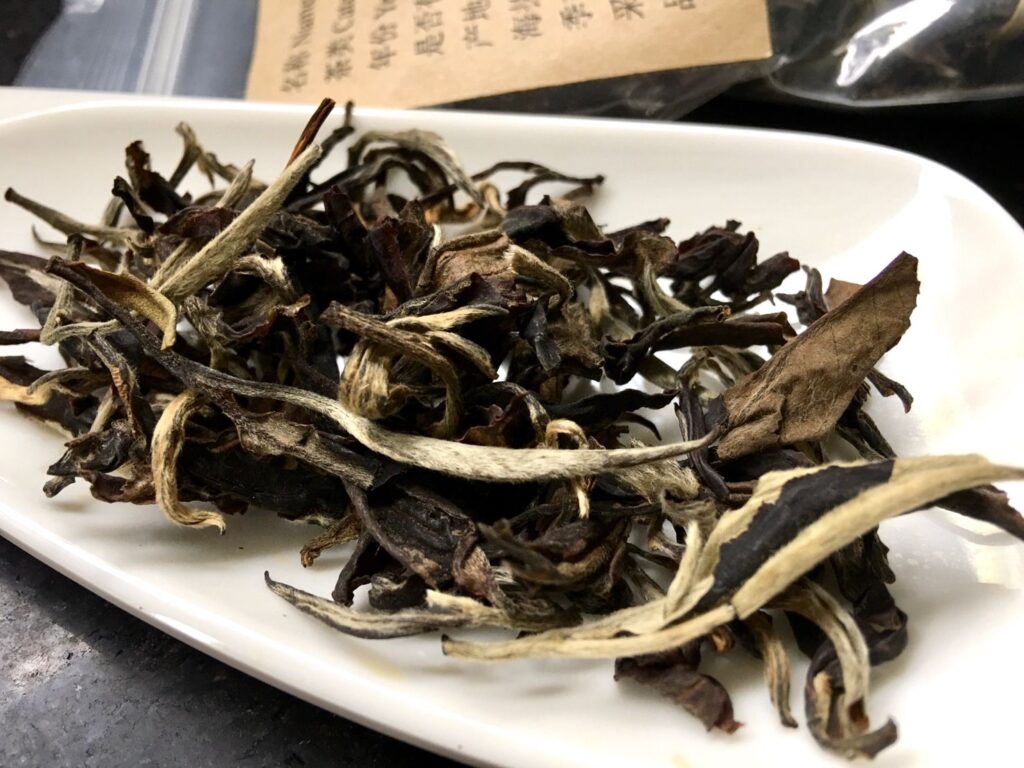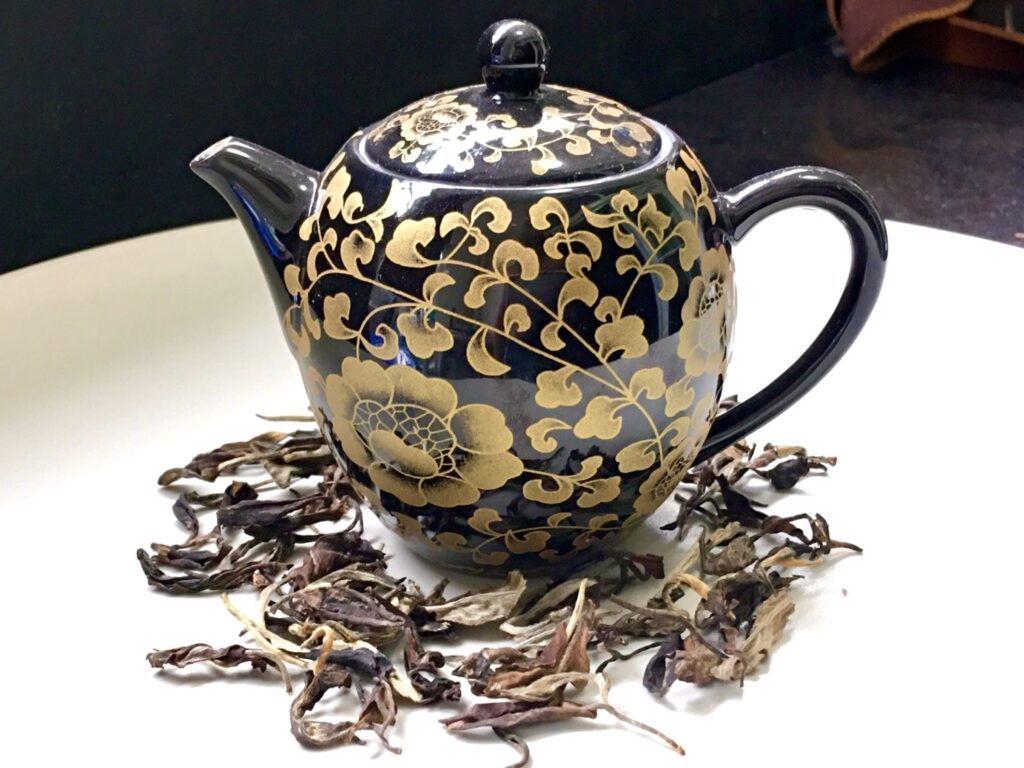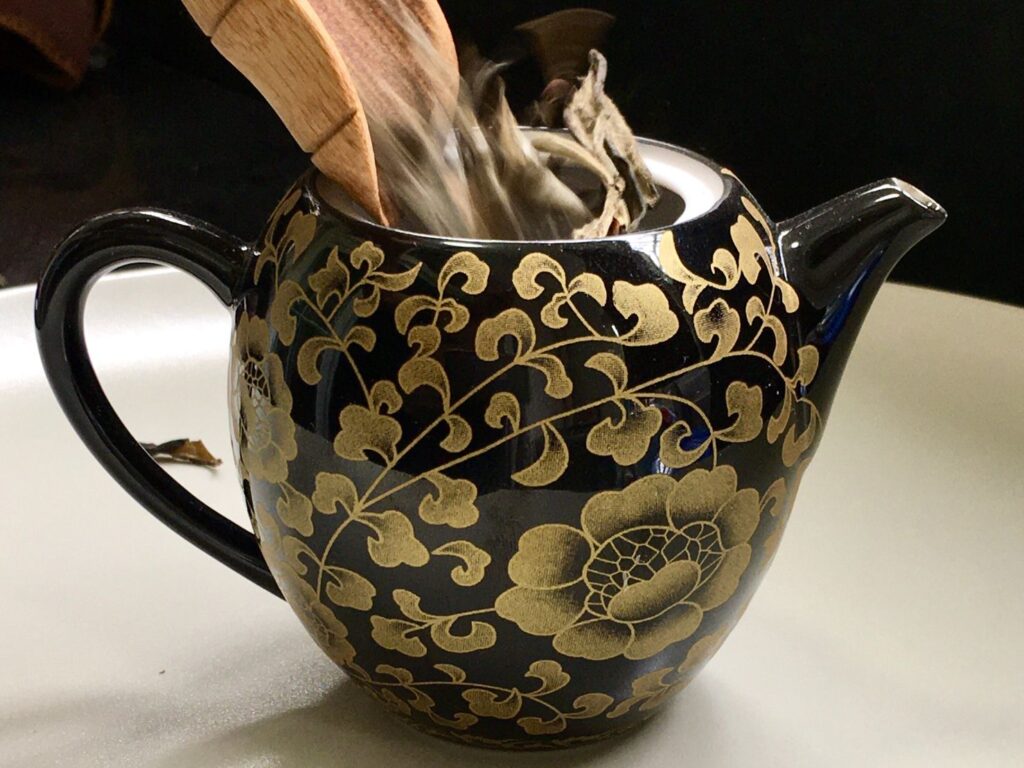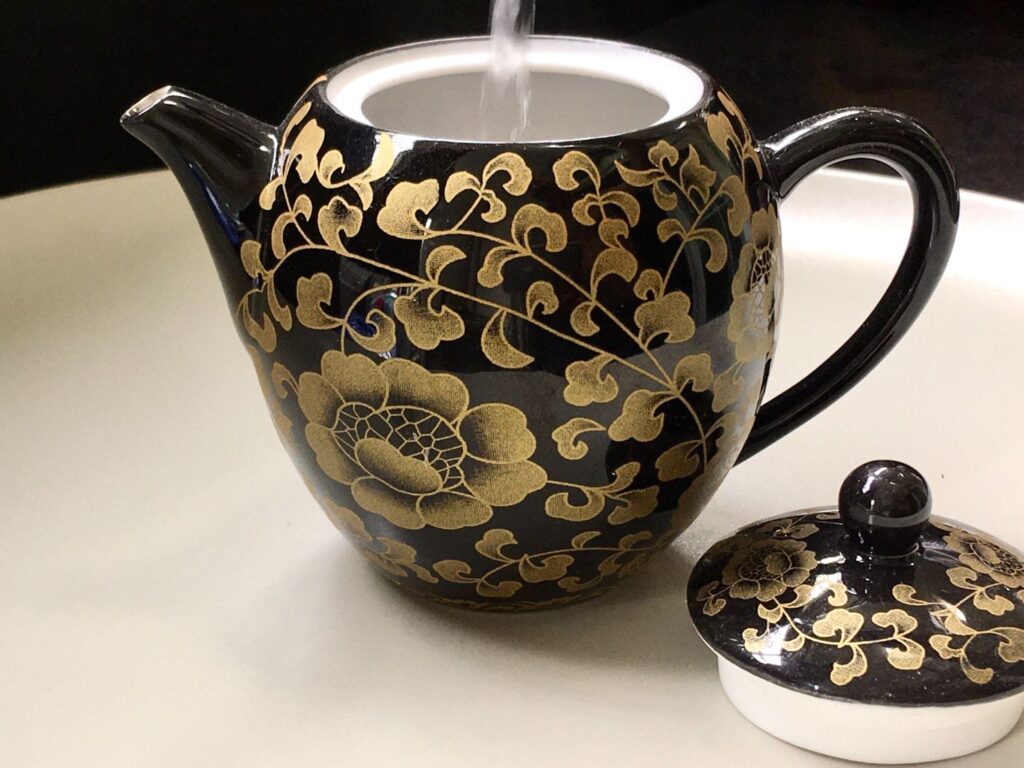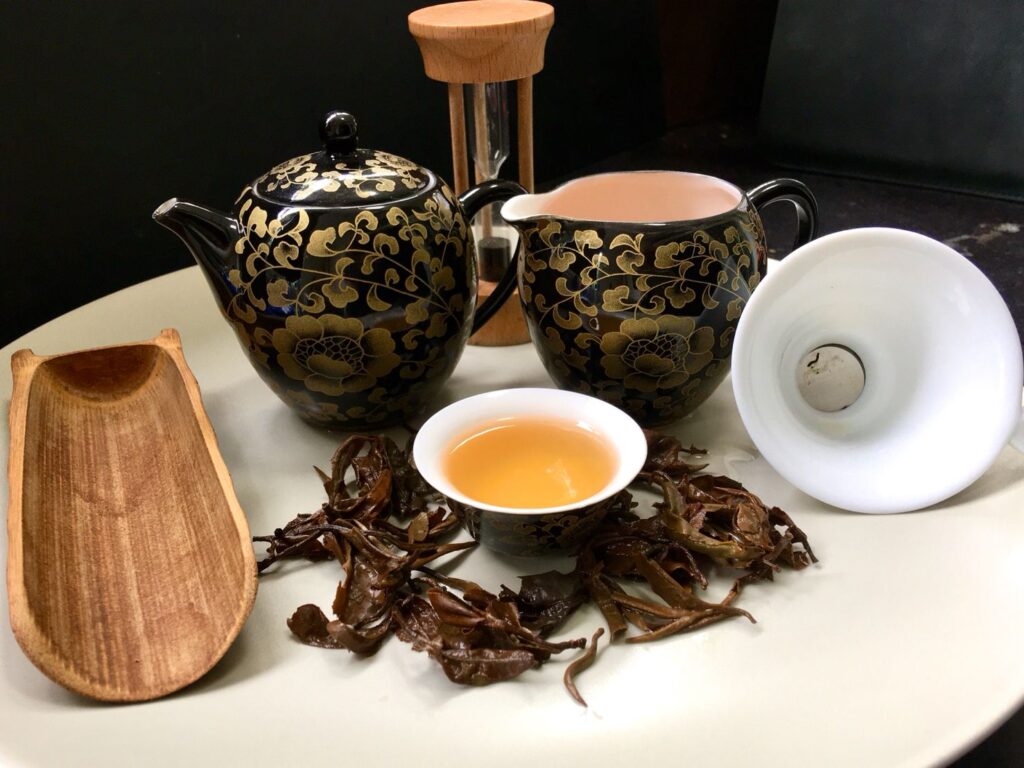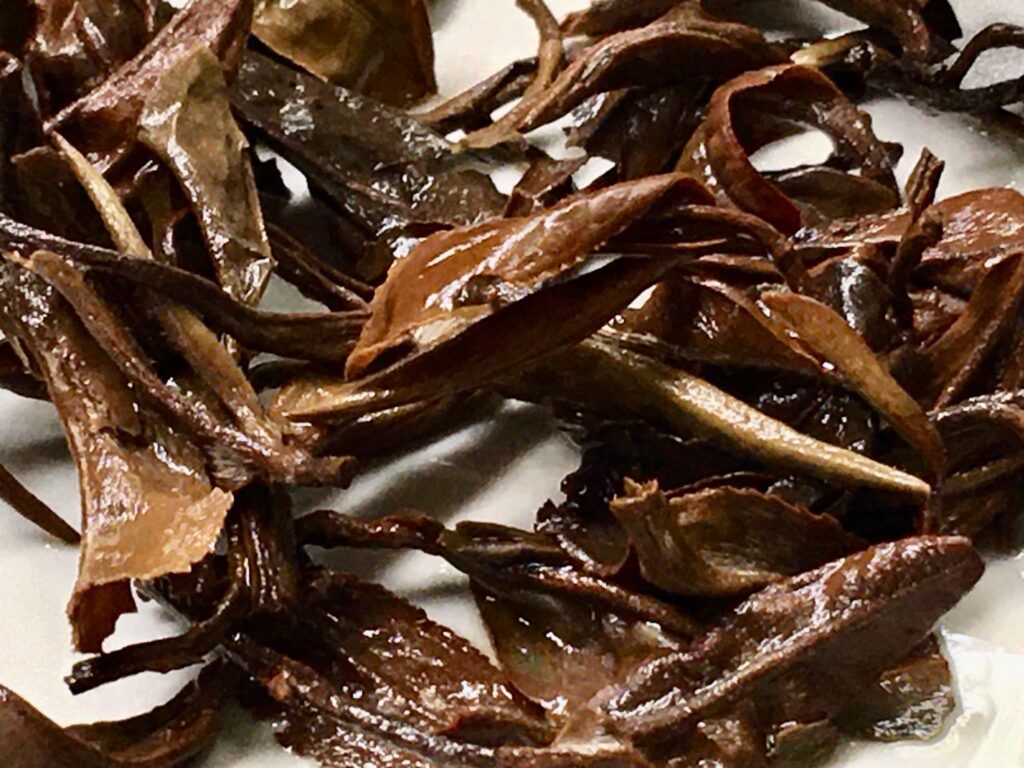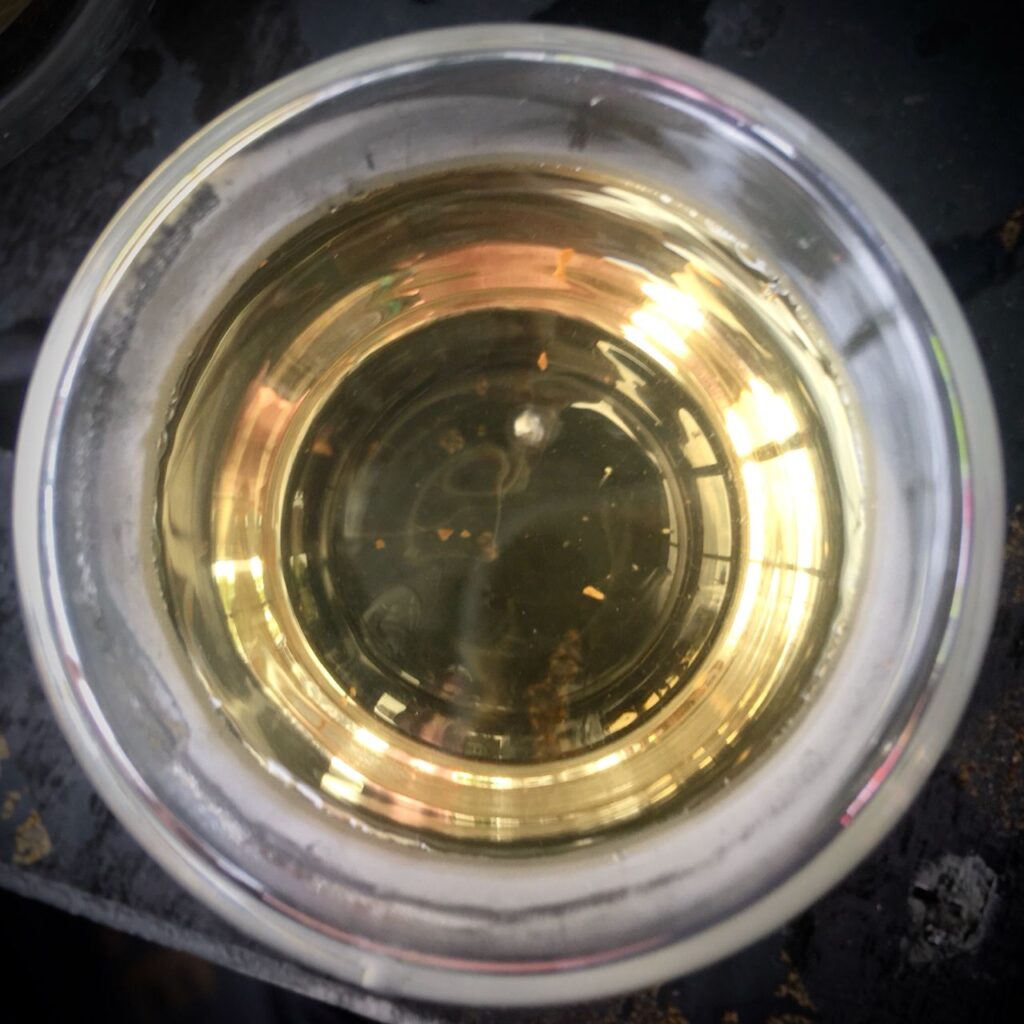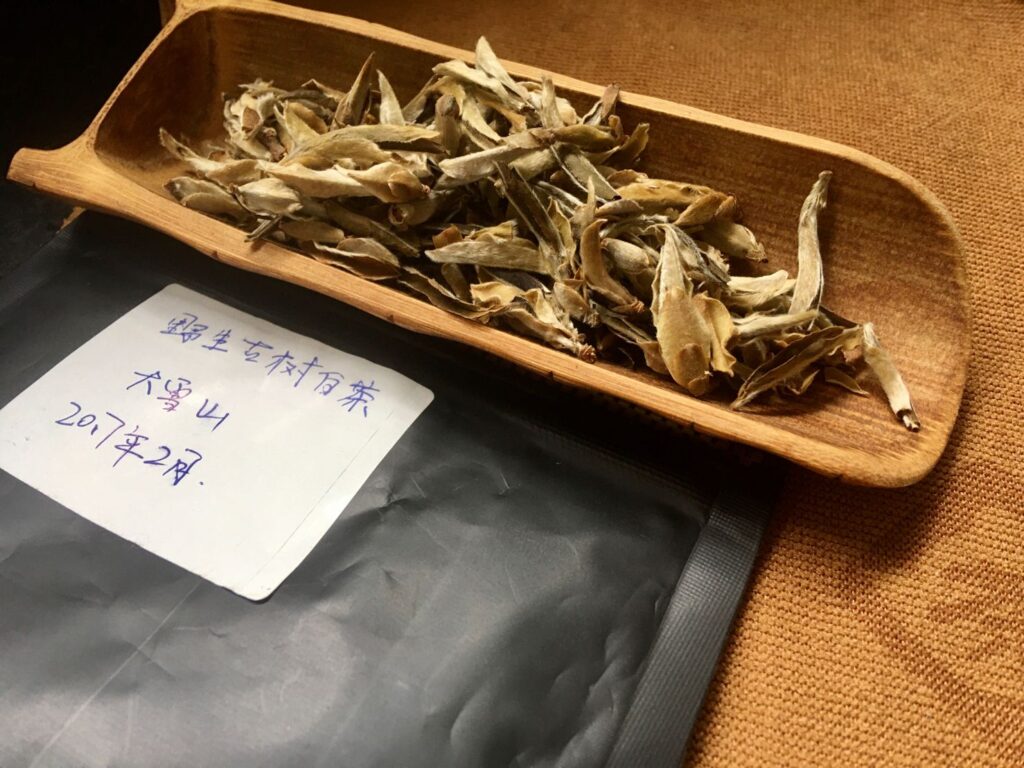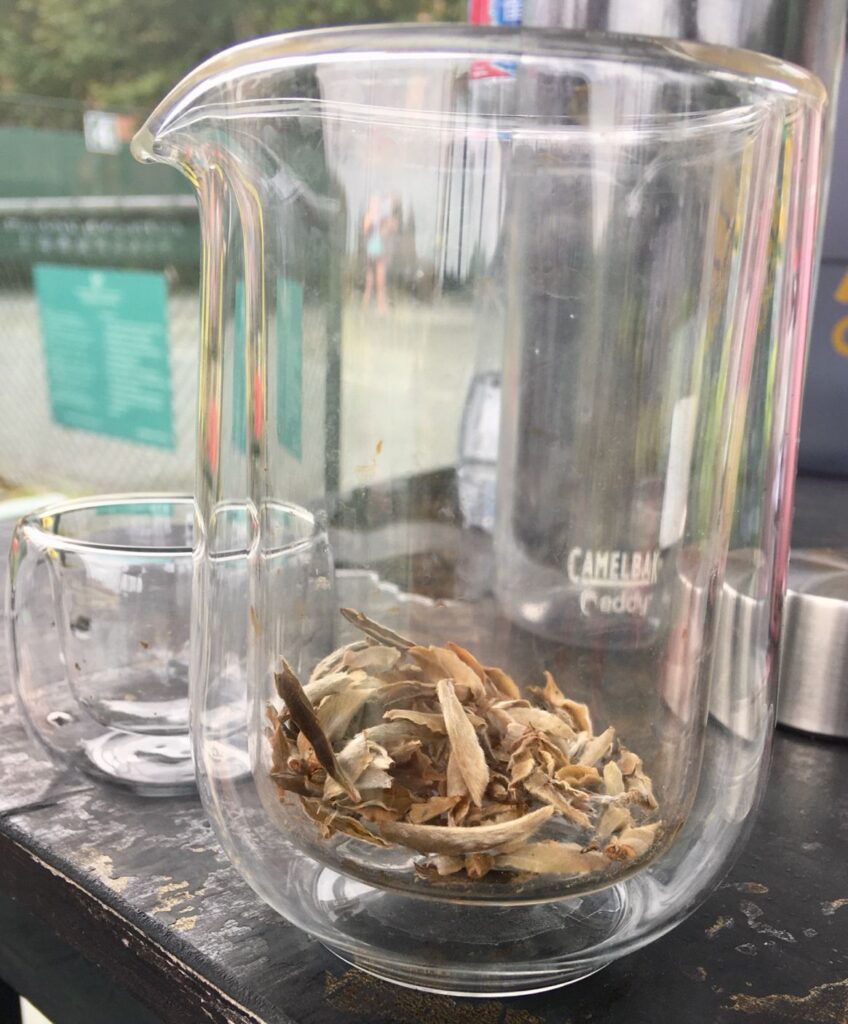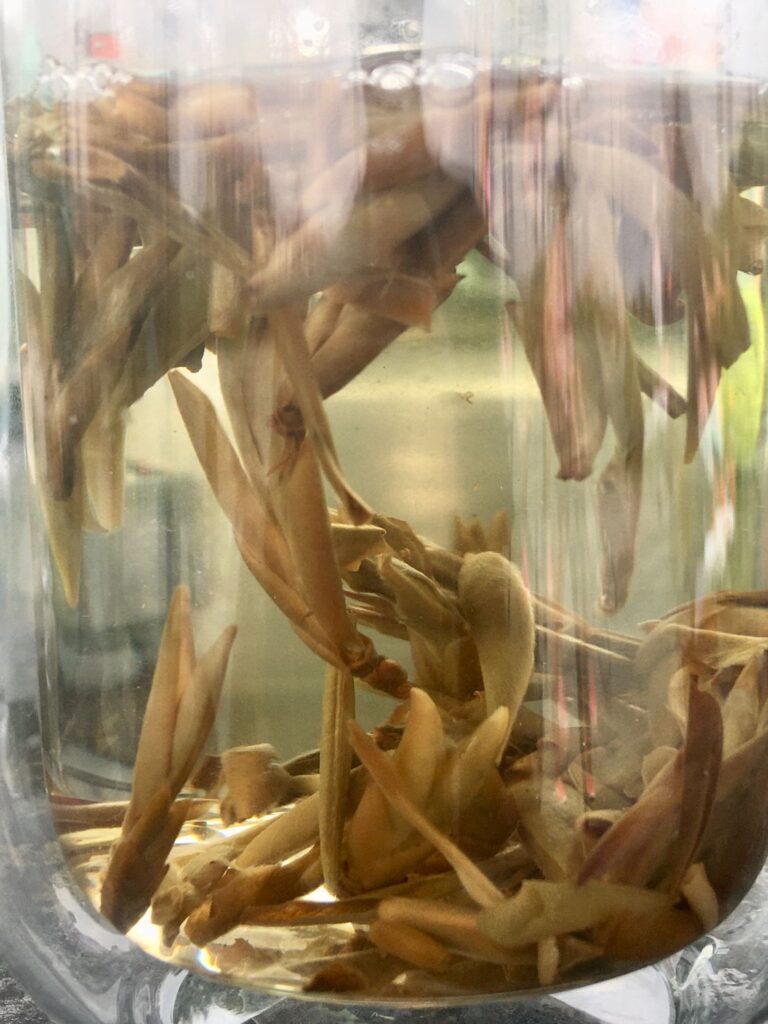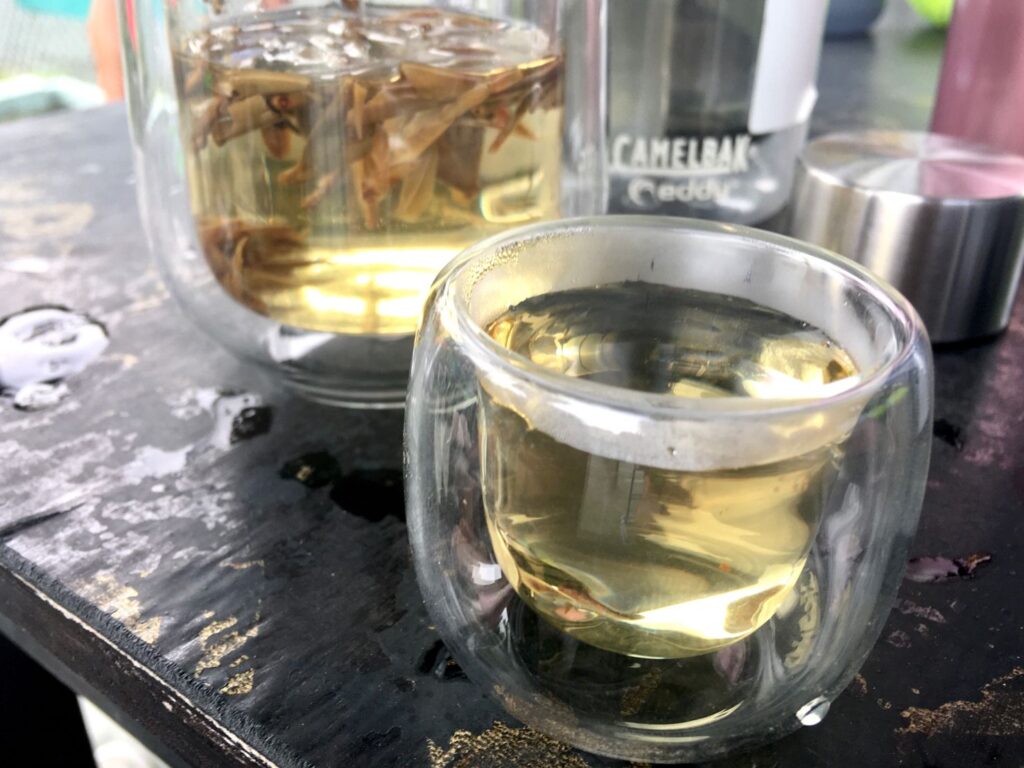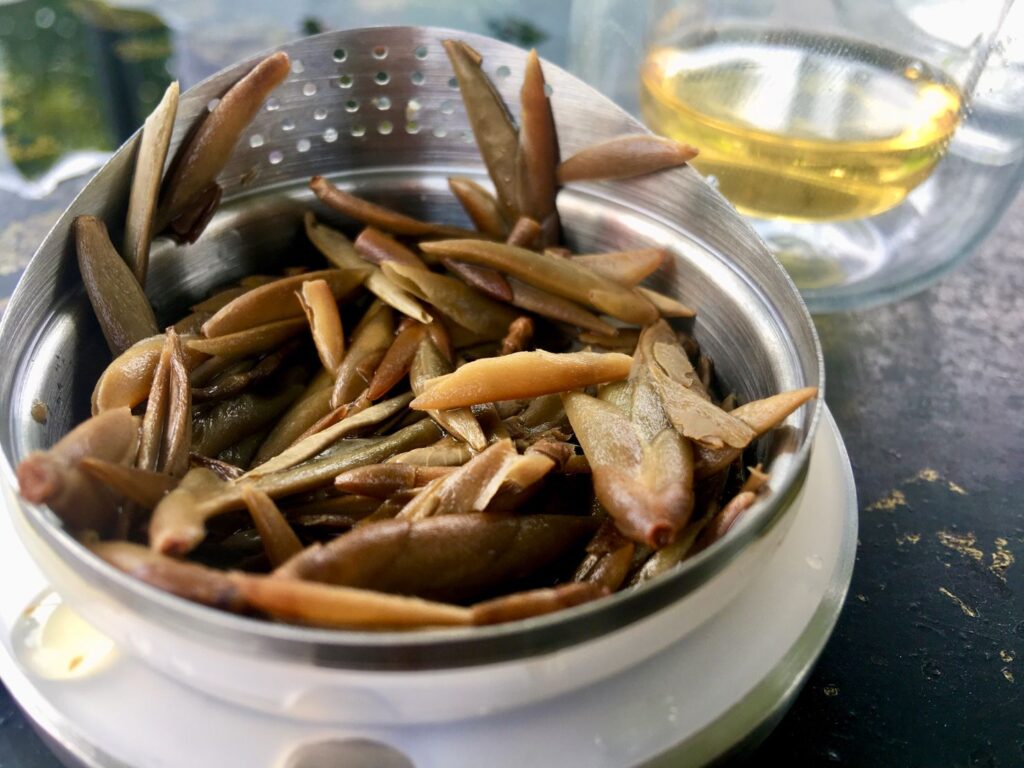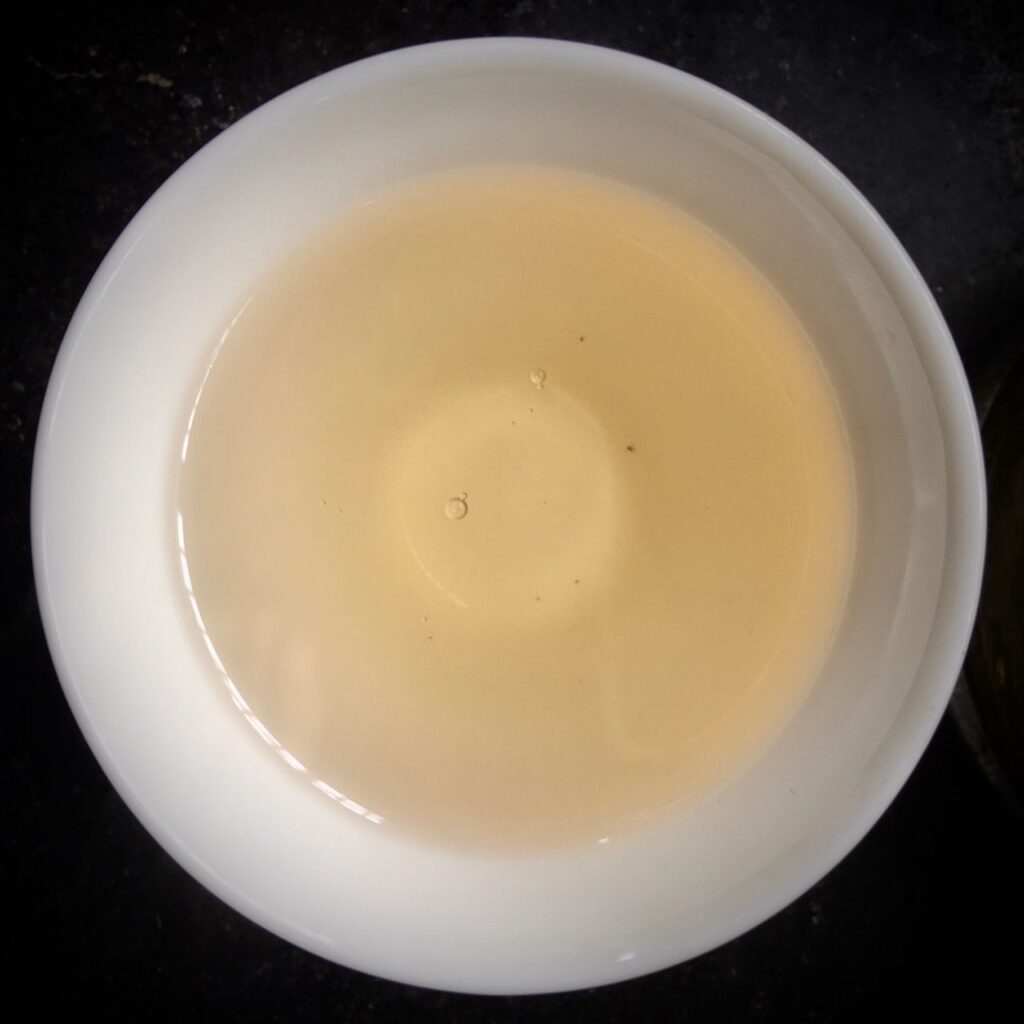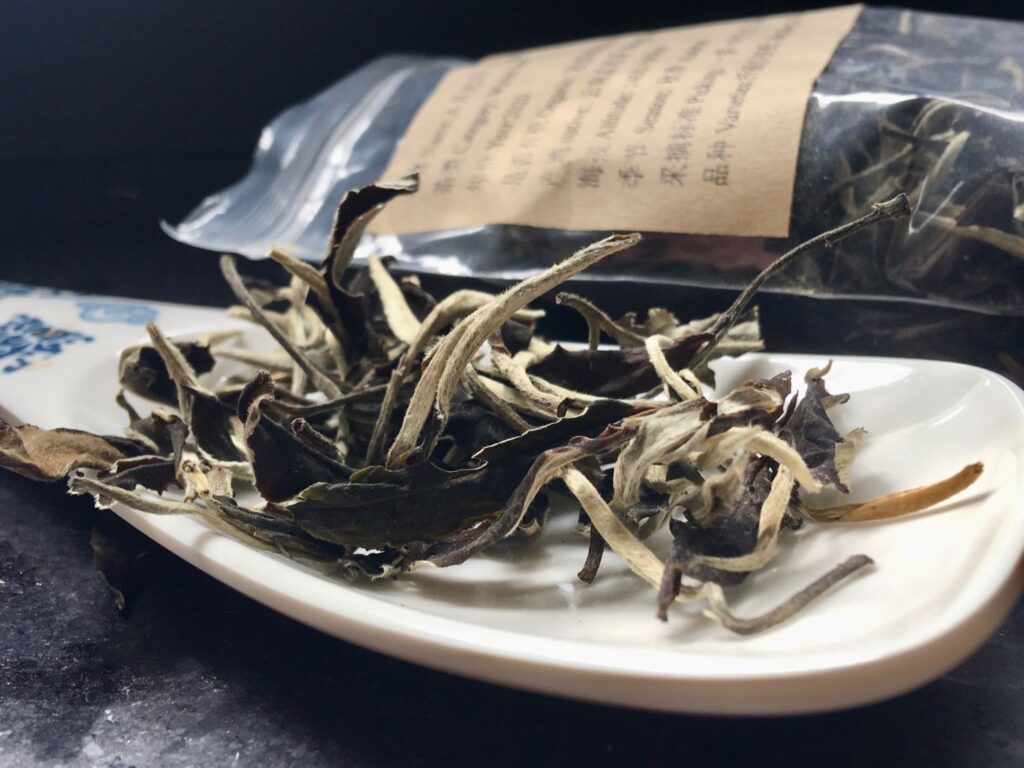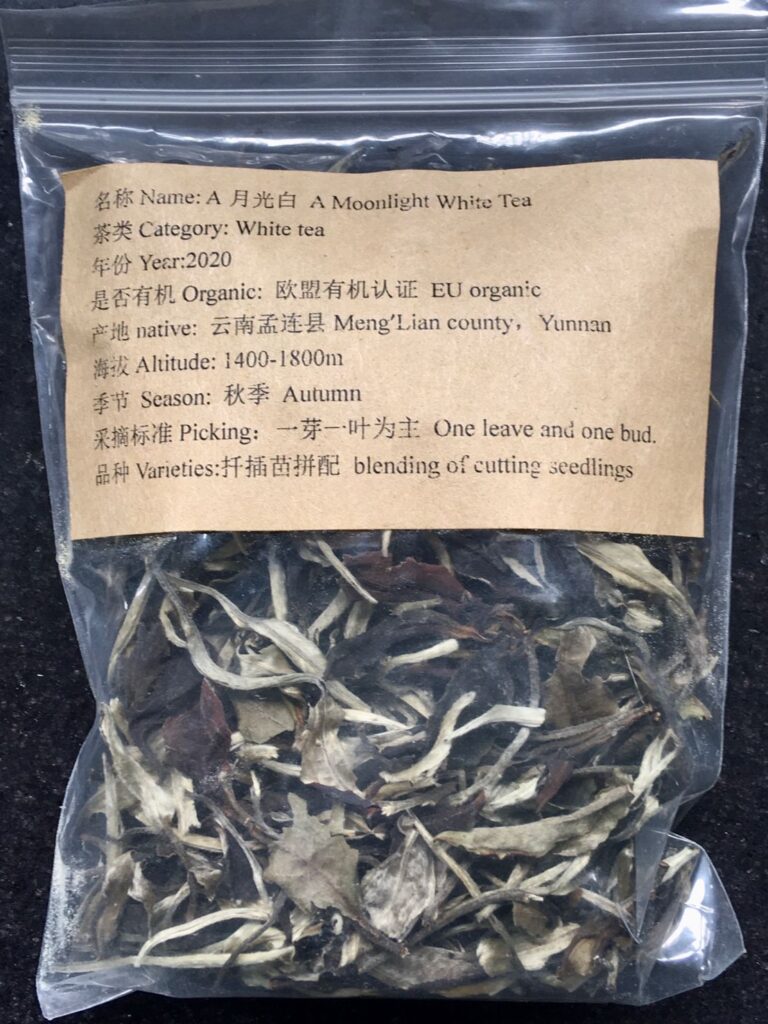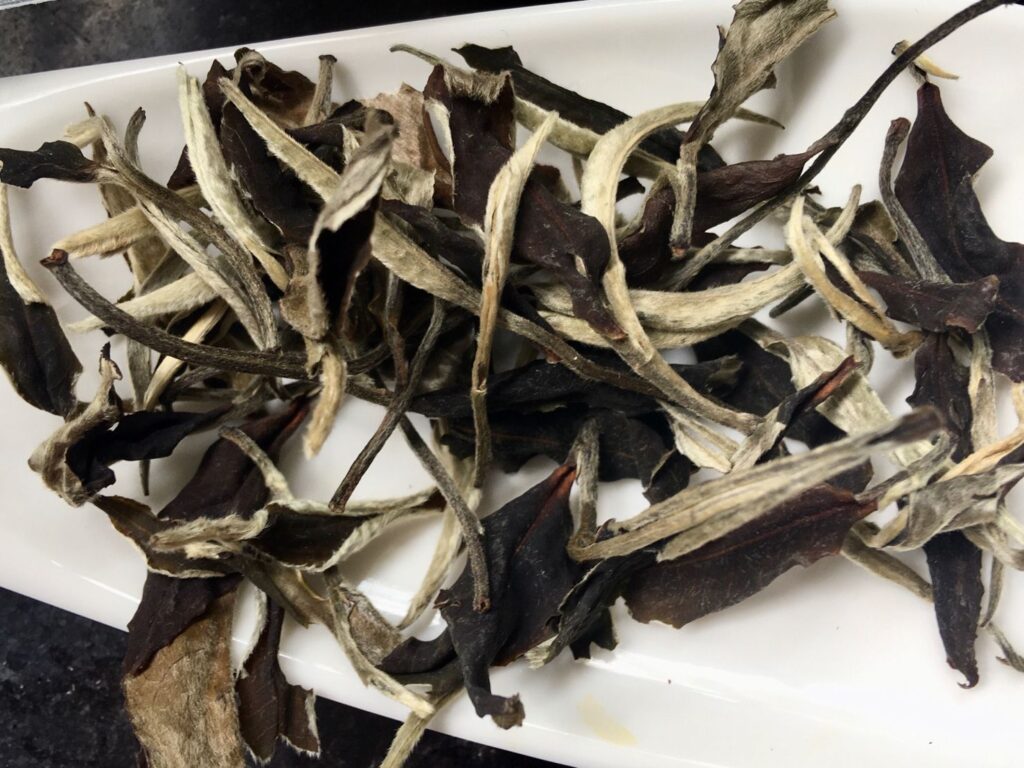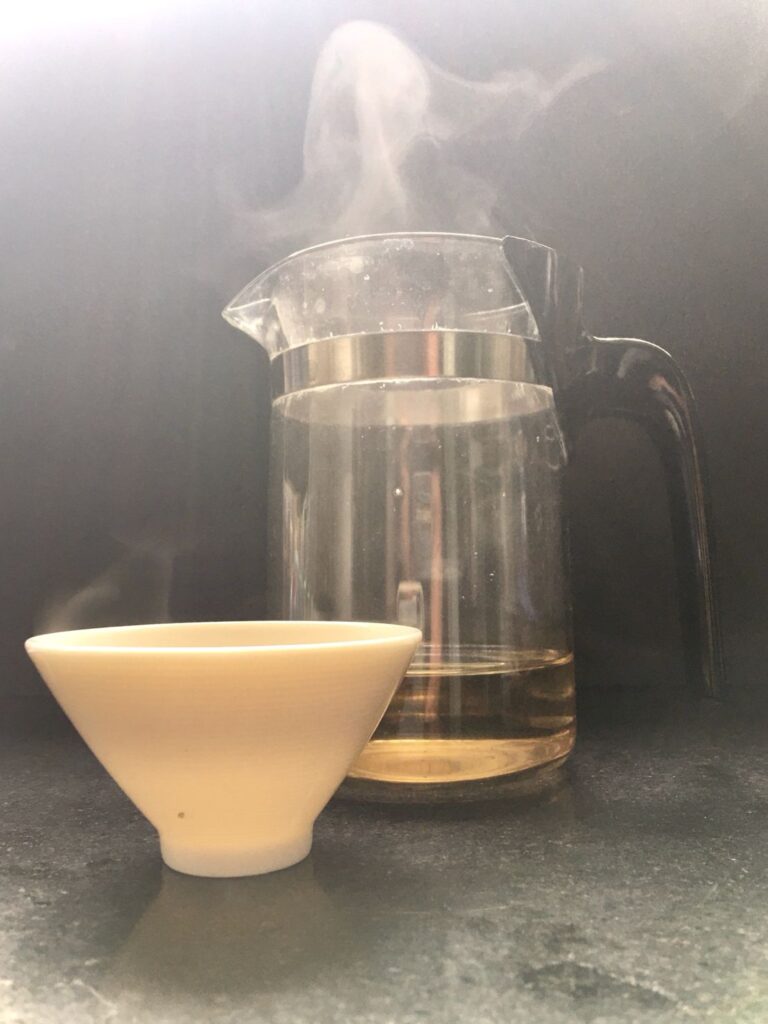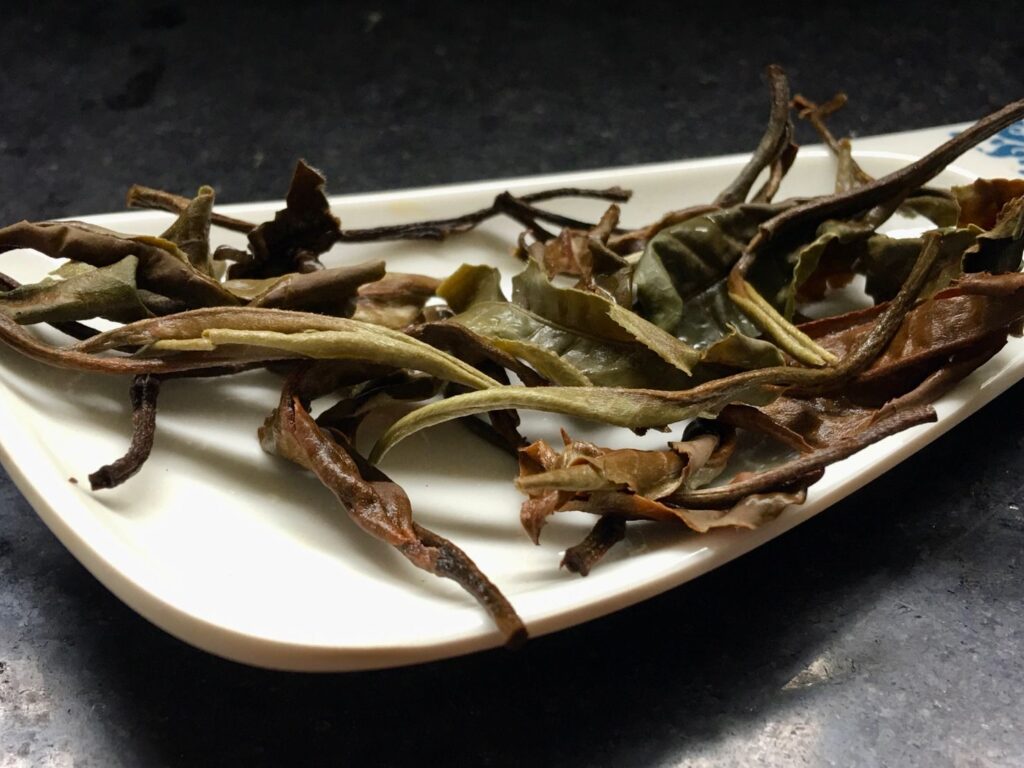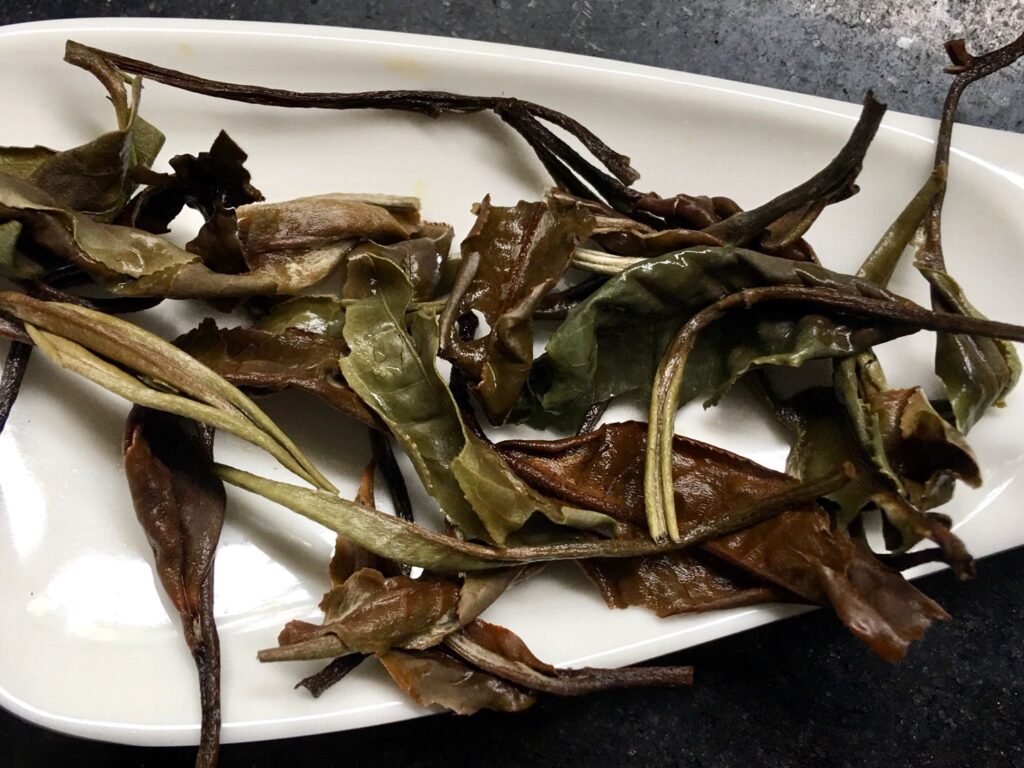Nothing. We’re still here. Quietly working on a major project which produces almost daily updates. That Project? “Today’s Tea” is the working title.
Tsc Tempest Photography took off in a major way when I started freelancing in Hanoi, Vietnam. After 4 years in Hanoi, I and my family relocated to Hamburg, Germany. Hamburg is a tough, competitive place for photographers – at that time there were over 3000 “Togs” bidding for work, its even more difficult if you’re an unknown foreigner who doesn’t speak the language.
I did get a couple of gigs but nothing to write home about and certainly nothing sustainable.So, I drifted back to my defaults state: Street and Travel Photography, and started on, an as yet unfinished, project: A 40 year retrospective on my work reproduced as transfer prints onto hard media.
My family’s move to Shanghai, kinda put the kaibosh on that project due to the difficulty in obtaining some of the materials needed to make the prints: namely Sulky Paper Solvy, and Foto Potch. Depressed with my circumstances I decided to try and revisit my (well Mike Ware’s) Cyanotype Process and got myself an A4 laser printer, but same deal as in Germany – purchasing chemicals is bloody difficult, and getting moreso every day.
Stumped! I needed a project, something “doable” and so I started drinking tea until I let the whole idea drop. Then I started to research the tea I was drinking, and writing about its, and taking photos of the tea that I drank. Very quickly it became an almost daily task, not quite but almost, and much of the time I spent with this tea project was, “setting up the shot.”
Today’s Tea was not just an exploration into the world of Chinese Tea, it was not a happy snap with the phone camera and damn, its done. The imagery involved using and modifying light, using mixed light sources including natural daylight, setting up the stage, the background, props, product, hero points – just like in any still life, food, or product photography shoot. Sometimes with very short time shoot options such as splash and water drop capture, 10-50 second brew times, stills and video.
Add to this content research, image and video editing, posting to social media, and uploading to this site; redesigning the look of the site due to changes in Web Design and User interface needs, plus responsive formats… its all been busy – this little black duck appears calm on the surface, but has been paddling like a demon under the water.
As such, I haven’t given much attention to technical discussion and posts about the photography in this project, and to be honest, I don’t really feel there is much of a need for it. The Today’s Tea Project stands on its own as a work in itself. The photography is a big part of the project and has evolved since the beginning, and so has the videography. So, enjoy. There will be more talk, specific to photography, and imagery from my travels. I have a huge backlog of images that need stories put to them which will be incrementally added to this site.
For today, that’s what in my
Line of Sight.
